Naked design [Special edition]
Bibliographic Details
- Title
- Naked Shapes 〔special edition〕/ 裸形のデザイン[特装版]
- Author
- Seiji Onishi / 大西静二
- Editor
- Keiichi Sumi / 澄 敬一
- Designer
- Art direction by Nobuhiro Yamaguchi / 山口信博、Design by Nobuhiro Yamaguchi / 山口信博 + Ippei Tamai / 玉井一平、Binding design for BON BOOK series by Yoshihisa Tanaka / シリーズ造本設計:田中義久
- Director
- Publishing Director: Osamu Kushida / 企画+構成:櫛田 理(FRAGILE BOOKS)
- Images
- Photography by Yosuke Otomo / 大友洋祐
- Publisher
- FRAGILE BOOKS
- Year
- 2023
- Size
- w148 × h210 × d15mm
- Weight
- 280g
- Pages
- 112
- Language
- Japanese / 日本語
- Binding
- Hardcover / ハードカバー
- Materials
- 表紙|大和板紙 アスカの銀F 270g/m²、見返し|NTラシャ/ベージュ、本文|b7トラネクスト 120.5㎏(紙厚198μm)
- Edition
- Limited 100 copies / 限定100冊
- Condition
- New
Numbered edition of Limited 100 copies. Based on the second edition published by BONBOOK in 2023, this special edition book is limited to 100 copies, with a special order for the cover. /限定100冊、シリアルナンバー入り。2023年にBONBOOKから刊行されたsecond editionをベースに、表紙まわりを別注した100冊限定の特装本。
When we trace the origin of a shape that we feel is beautiful,
All of them lead to the world of gods and Buddhas.
...Seiji Onishi
The company has worked on a wide range of industrial products, from Komatsu forklifts to domestic tanks.Industrial designerOnishi Seiji is a well-known collector of antiques and second-hand goods.
This book isThe book features 50 photos of domestic aluminum products carefully selected from the approximately 200 that Onishi has collected over the years, and each one is interspersed with his own design criticism.This revised and expanded edition includes three new aluminum collections. The book was designed by Nobuhiro Yamaguchi.
Incidentally, Japanese people first encountered aluminum back in the 1880s. In 1893 (Meiji 26), Ota Tokusaburo of the Osaka Artillery Arsenal reported the results of tests on aluminium copper for use in the manufacture of weapons to Army Minister Oyama Iwao, showing that aluminum had been used as a precious metal in weapons from the beginning, and increased production of aluminum was essential for Japan's military industry. Incidentally, aluminium copper is an alloy made by combining aluminum (called aluminium at the time) and copper, and the aforementioned experimental results showed that aluminium copper was an excellent material for casting weapons.
In 1898 (Meiji 31), domestic production of aluminum began in earnest. As an air force material, aluminum, being lighter than iron, was essential for the bodies of fighter planes. During the war years in the early 20th century, and especially after the Second Sino-Japanese War, demand for aluminum increased as a raw material for duralumin, the body material of the A6M Zero carrier-based fighter (the so-called Zero fighter). Duralumin is a compound of aluminumIt is an alloy of copper and magnesium, which is as light as aluminum but stronger than it. The large amount of aluminum produced during the war became obsolete when the war ended, and aluminum scraps began flowing into local factories.
This is where the story of the aluminum collected by Seiji Onishi begins. There are everything from dice, megaphones, and baby rattles to fans, low tables, and Buddhist bells. In fact, for several years just after the war, when there was a shortage of iron, copper, and wood, aluminum substitutes were abundant in everyday life. Onishi, who was born in 1944, spent his childhood during the heyday of aluminum products. For Onishi, the first design he encountered was a "design without a designer" that was outside the official history of design, the kind of design that would not appear in a design textbook.
This special edition was released by FRAGILE BOOKS in a limited run of 100 copies to coincide with the first new reissue in 14 years. It has a different cover from the regular edition and is a numbered edition with a serial number. The silver cover exclusive to the special edition isEach book is hand-sanded with paper,It is made of aluminum with a texture reminiscent of antique tools. Please note that the texture of the cover will vary for each book.
Text by Osamu Kushida
Author Profile
Seiji Onishi/Seiji Onishi
Born in Kagawa Prefecture in 1944. Industrial designer.
Representative of Alpha Design Inc.
When he was in the fourth grade of elementary school, he was so impressed by a mountain climbing ice axe that his homeroom teacher had, that he drew a design and ordered it from a local blacksmith, which was what first opened his eyes to his interest in making things.
In the mid-1960s, he worked on the development of domestically produced computers as a member of the design department at an electronics manufacturer's research institute, before going independent and opening his own industrial design in 1969. Since then, he has been involved in the design and production of a wide variety of products, machines and equipment, large and small, from educational toys, beauty equipment, and two- and four-wheeled vehicles to bulldozers and housing such as modular houses that use the principle of a pantograph.
Notable works include Honda's minibike "Roadpal" (1976), which was a huge hit nicknamed "Rattata" and featured a commercial starring Italian actress Sophia Loren, and the Komatsu Ultra-Tight Turn Excavator PC50UU-2 (1992), which won the G Mark (Good Design) Award in the Industrial Machinery category.
-
This book is a collection of aluminum tools for ordinary life collected by industrial designer Seiji Onishi. Many of the items are naked aluminum products made by Japanese town factories soon after the WWⅡ.
"Naked Shapes" (published by FRAGILE BOOKS), newly reissued in the spring of 2023 for the first time in 15 years, will be presented for the first time. These special editions are limited to 100 copies each, and will be numbered editions with a different cover than the standard editions currently on sale.
Text by Osamu Kushida
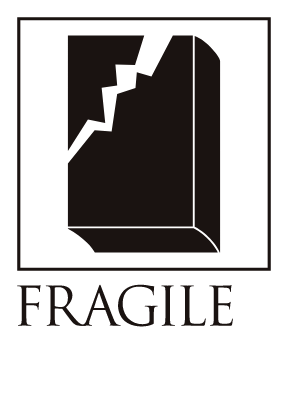
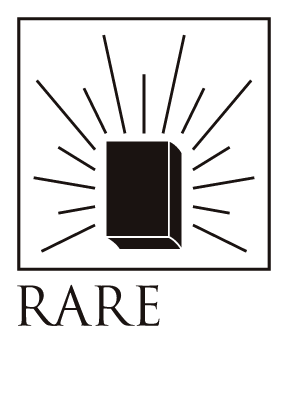
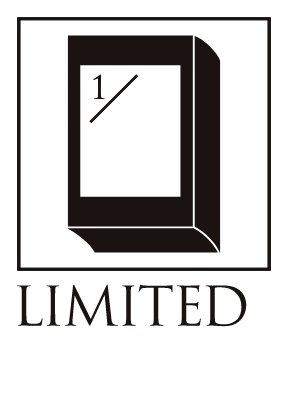
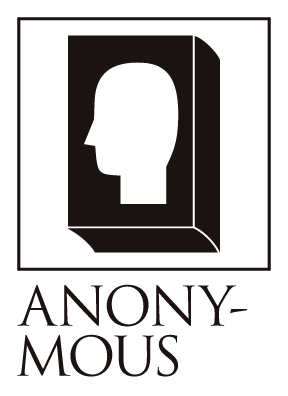
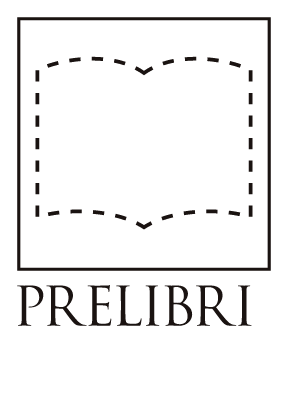
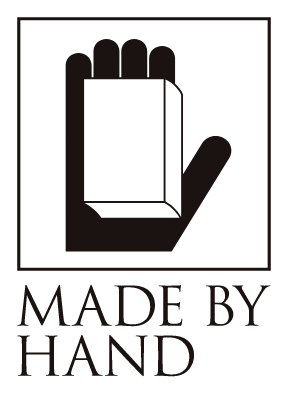
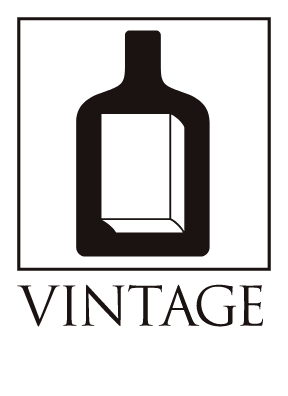
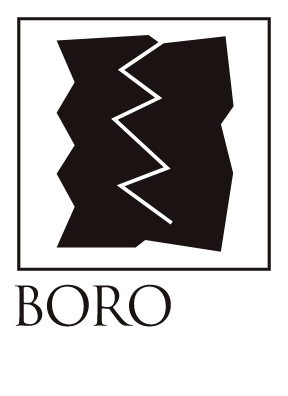
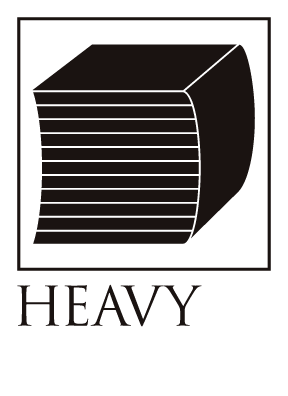
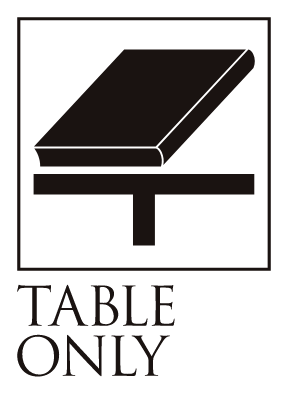
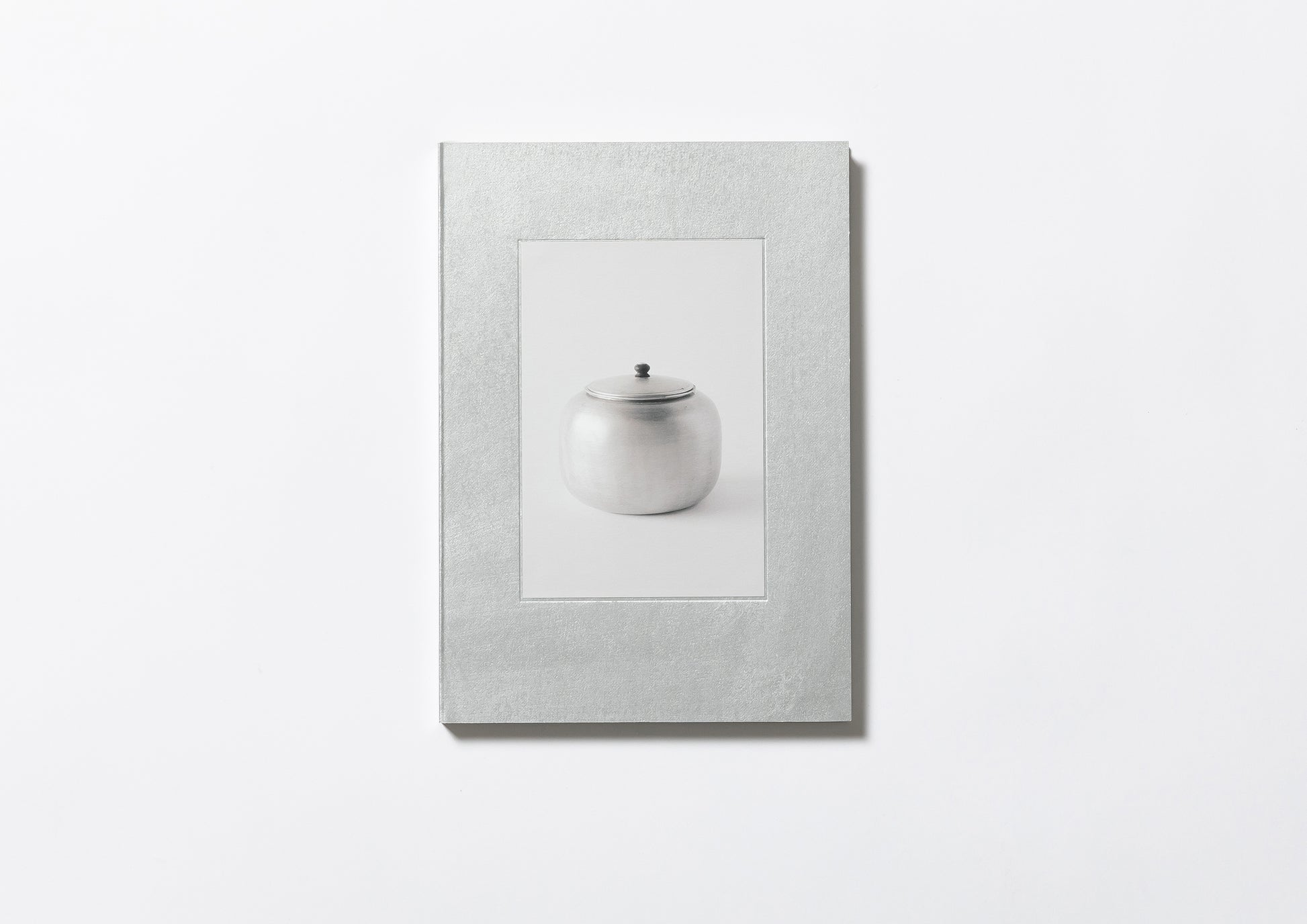
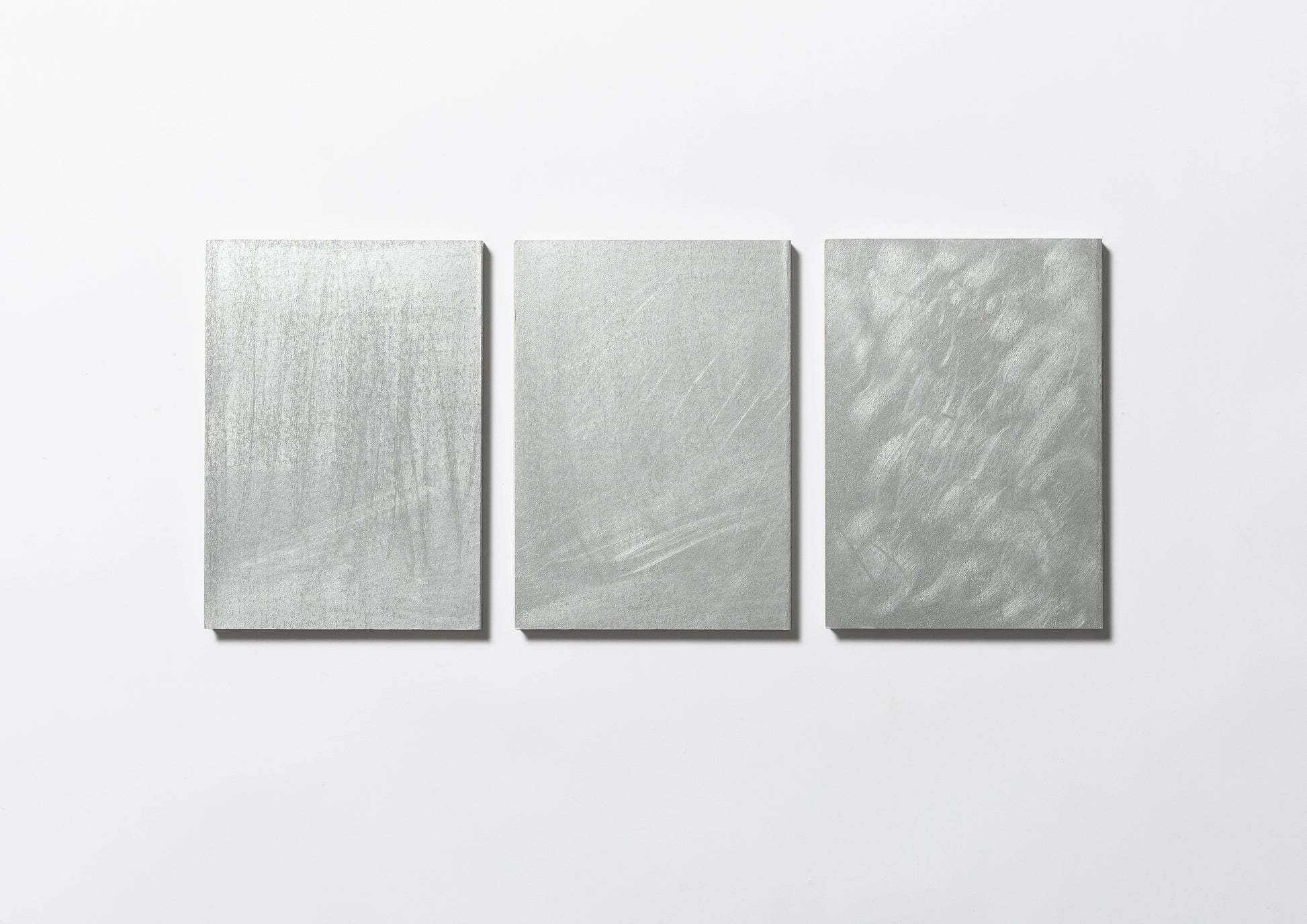
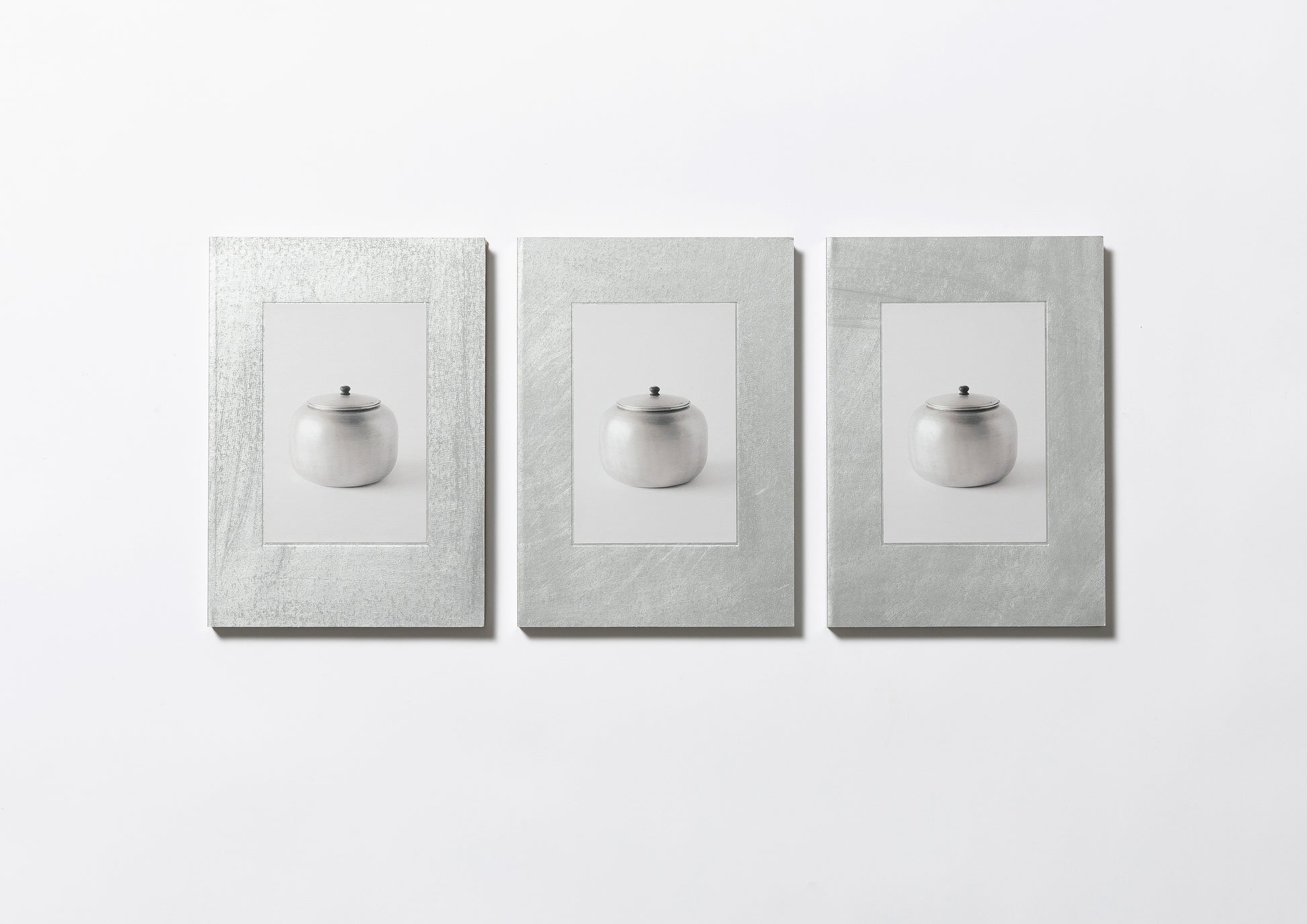
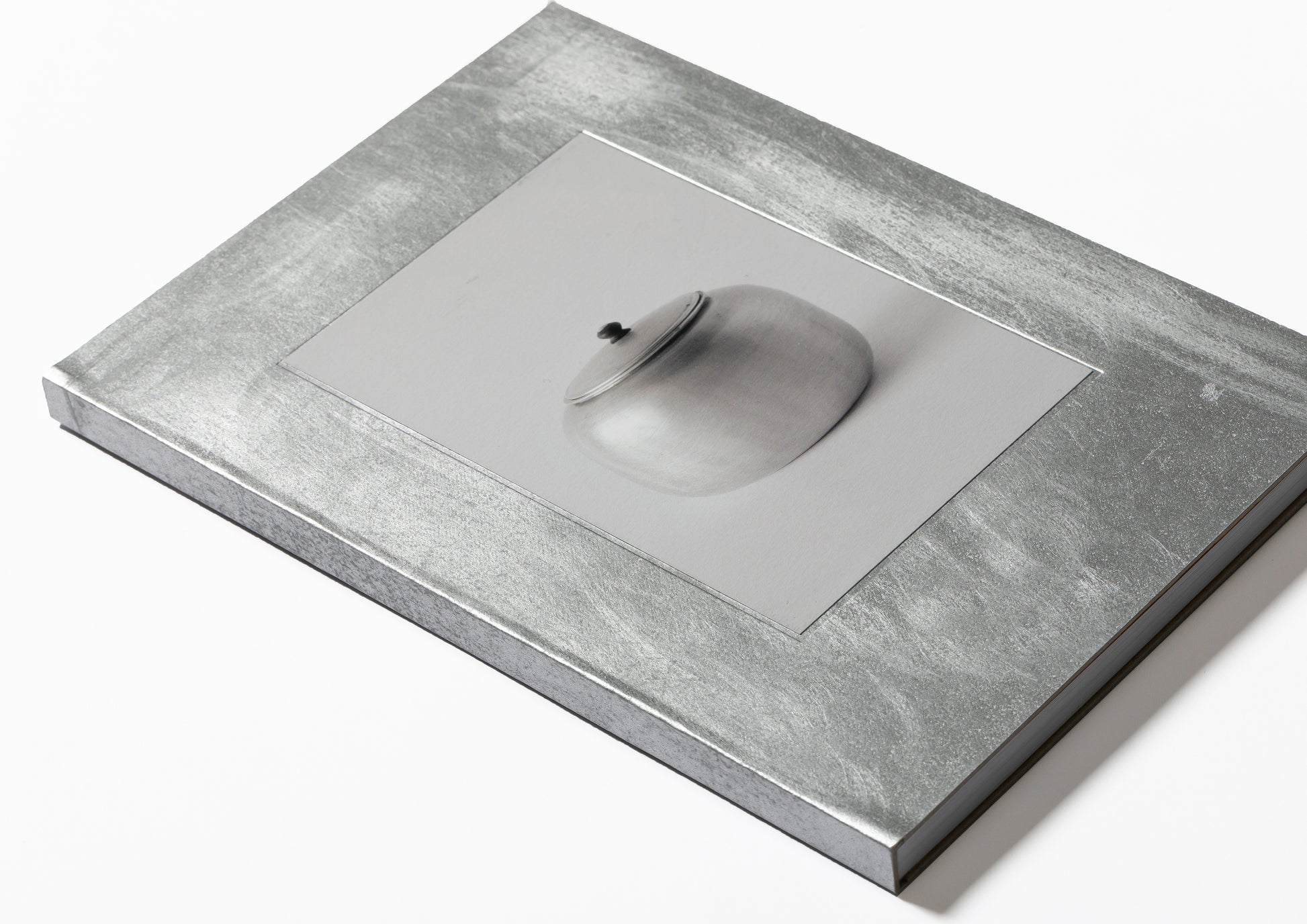
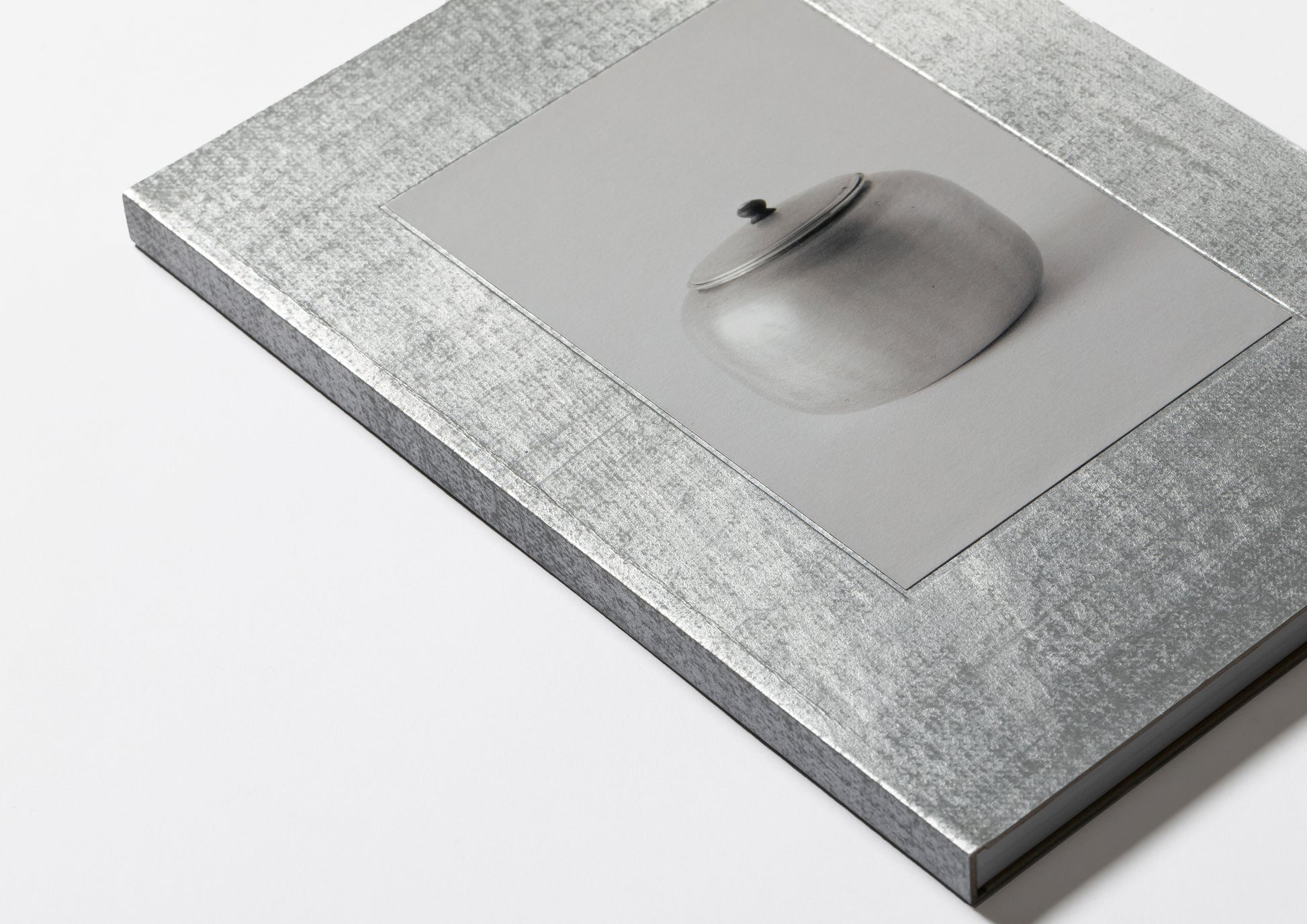
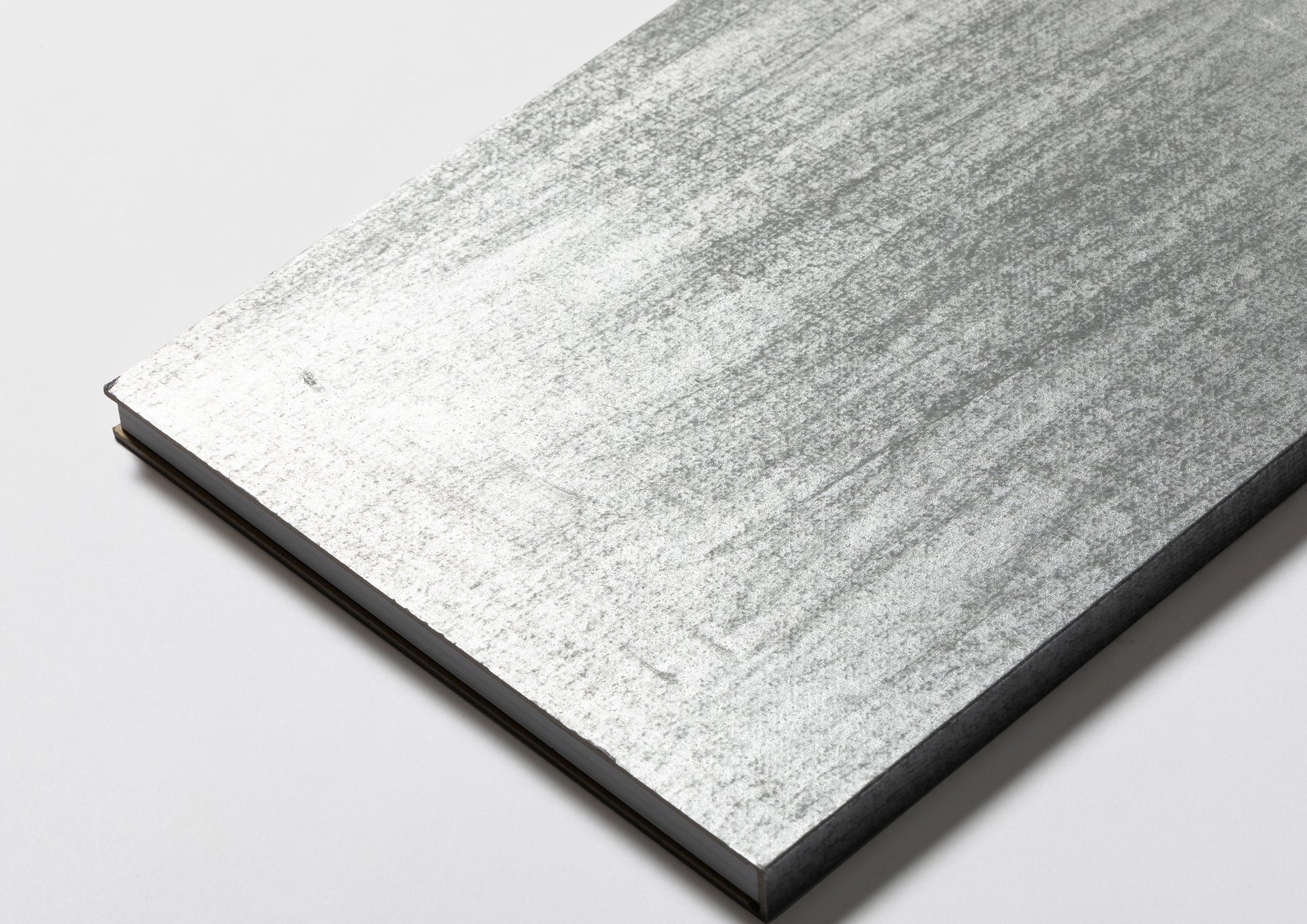
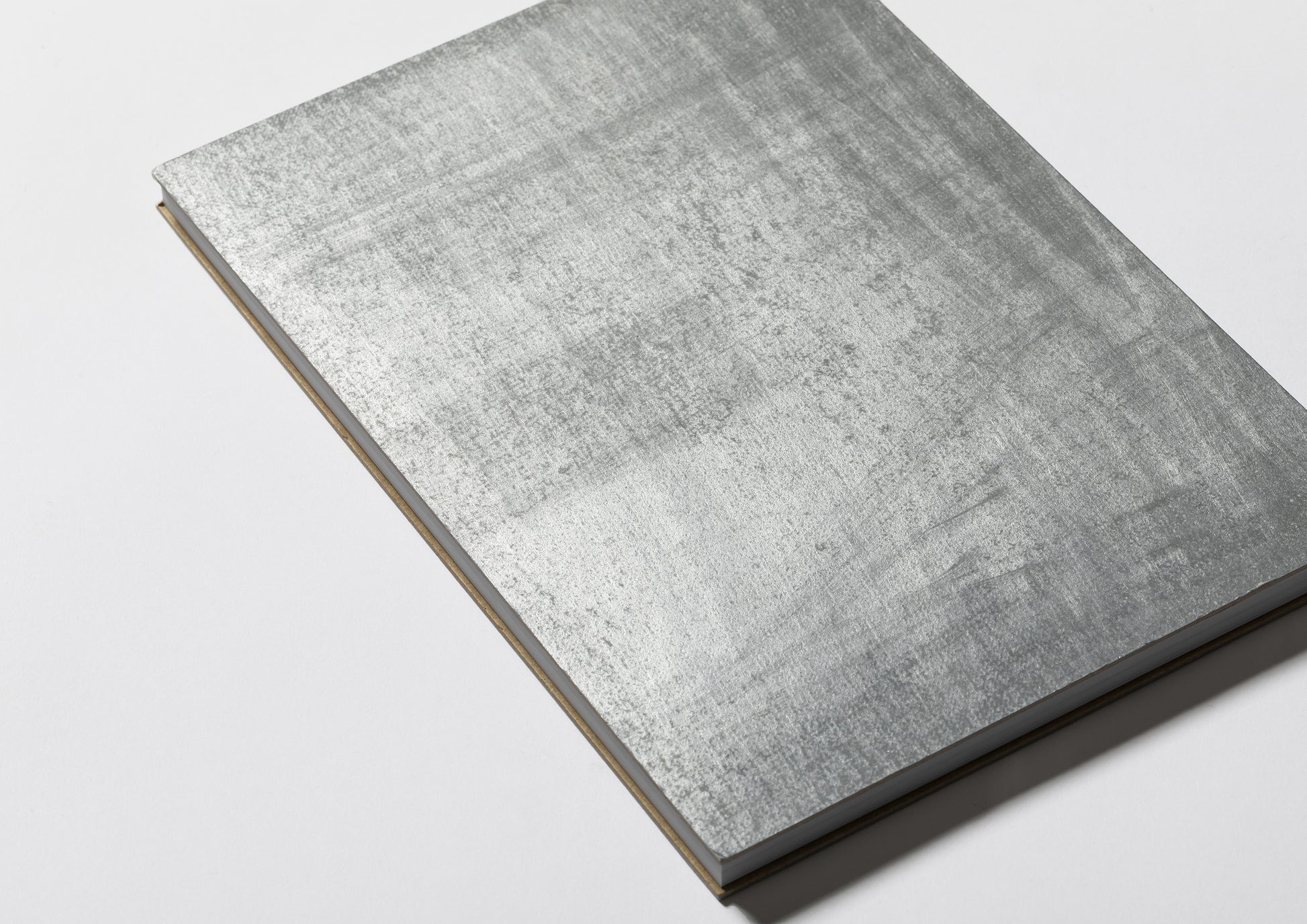
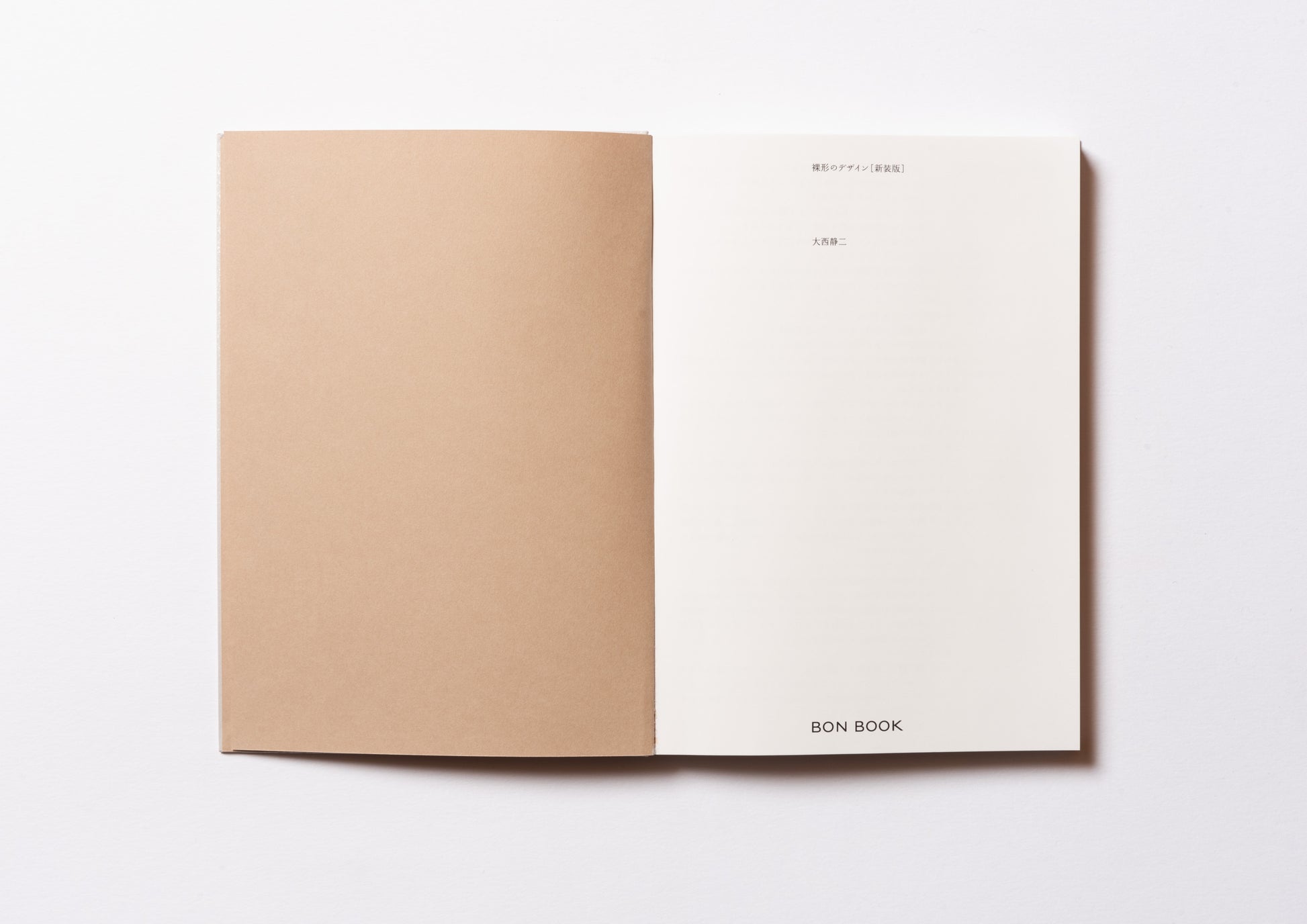
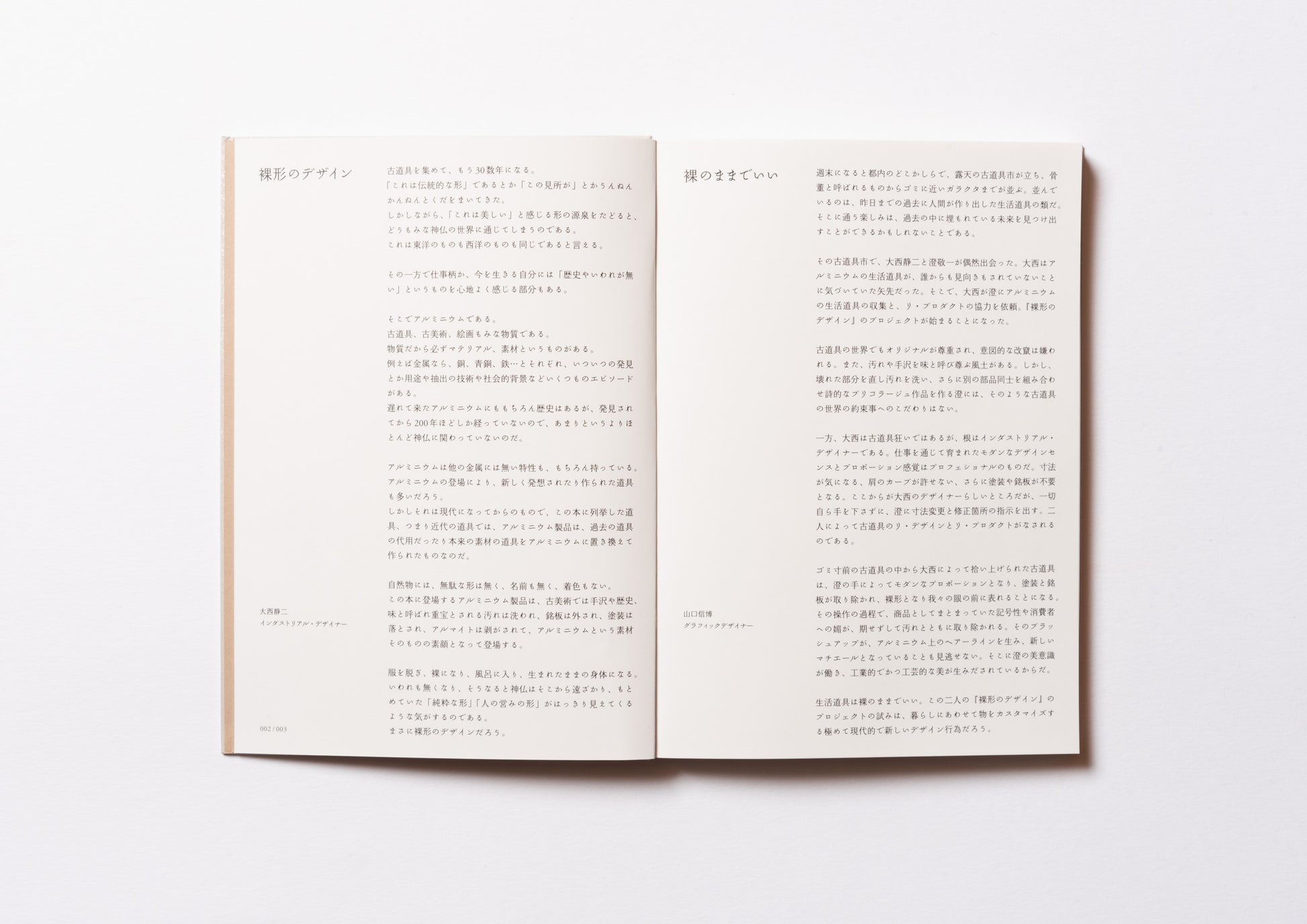
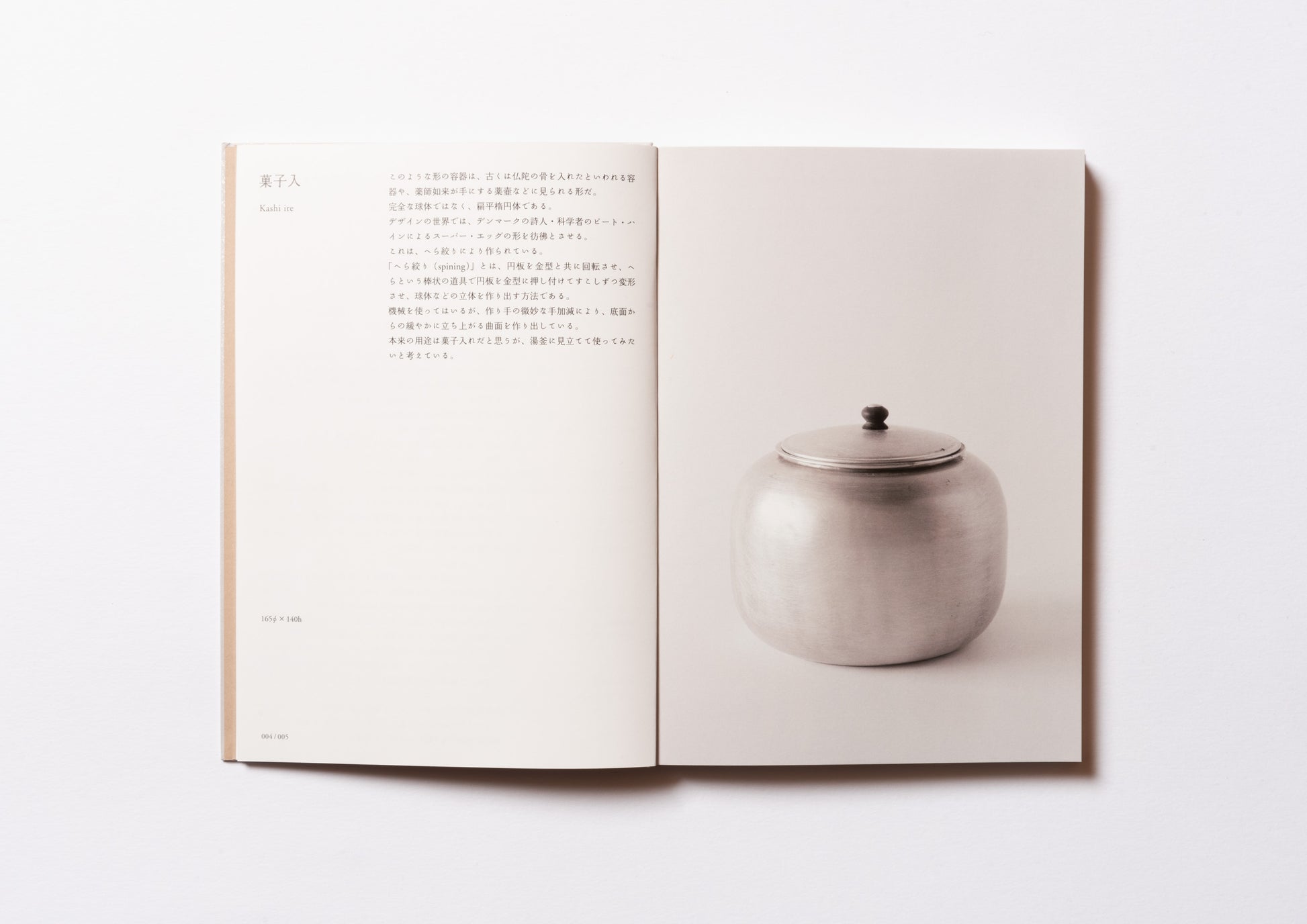
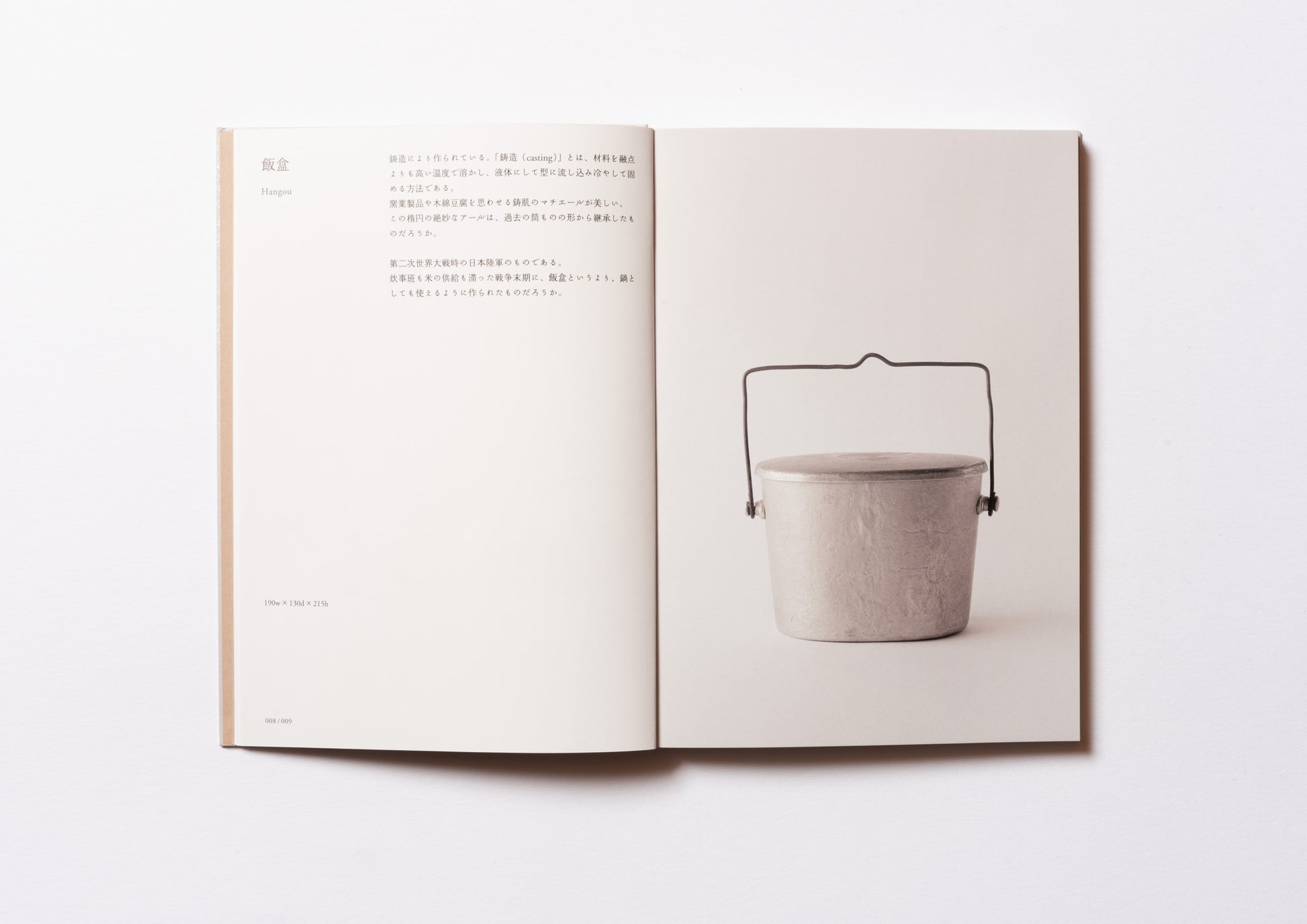

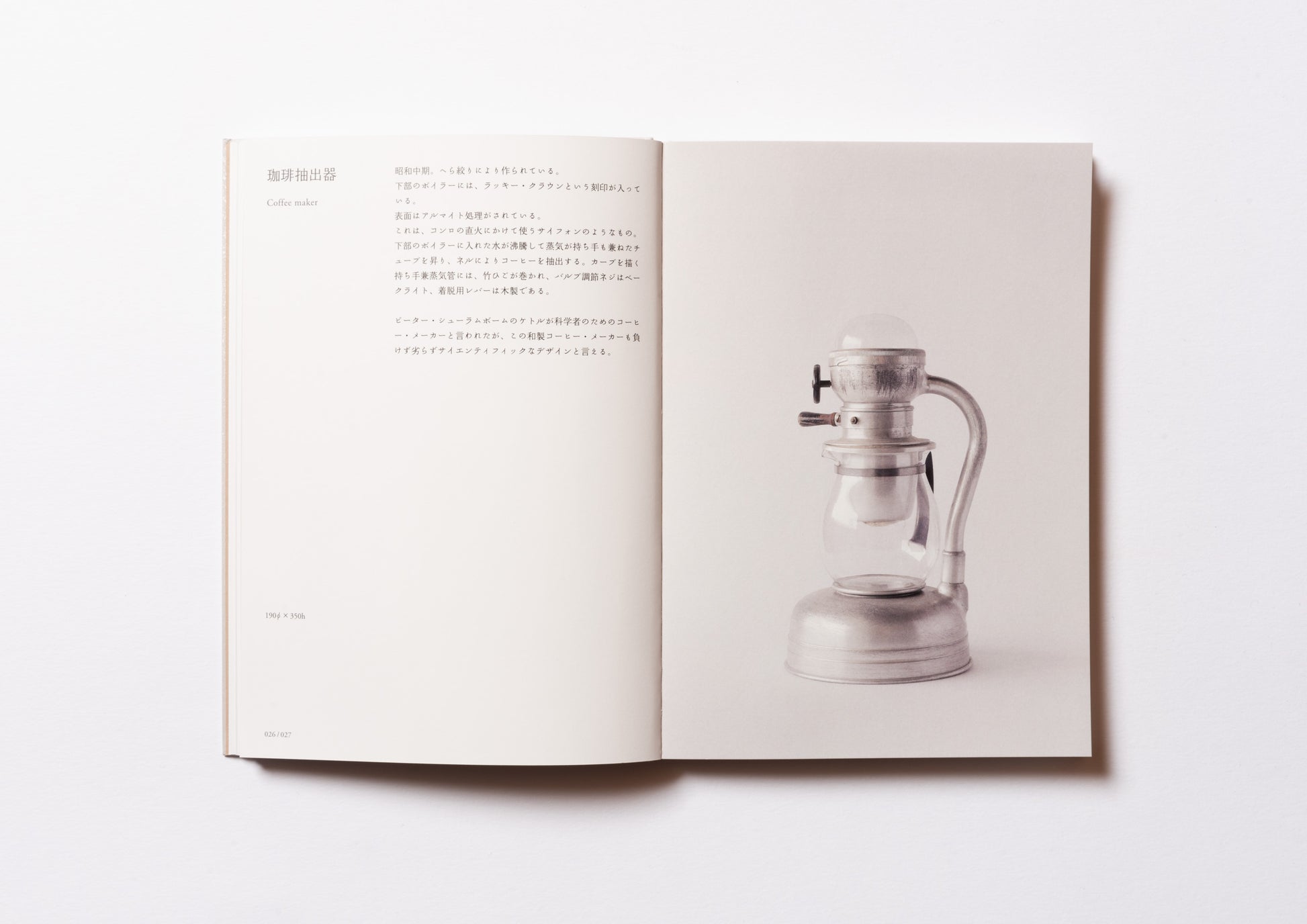
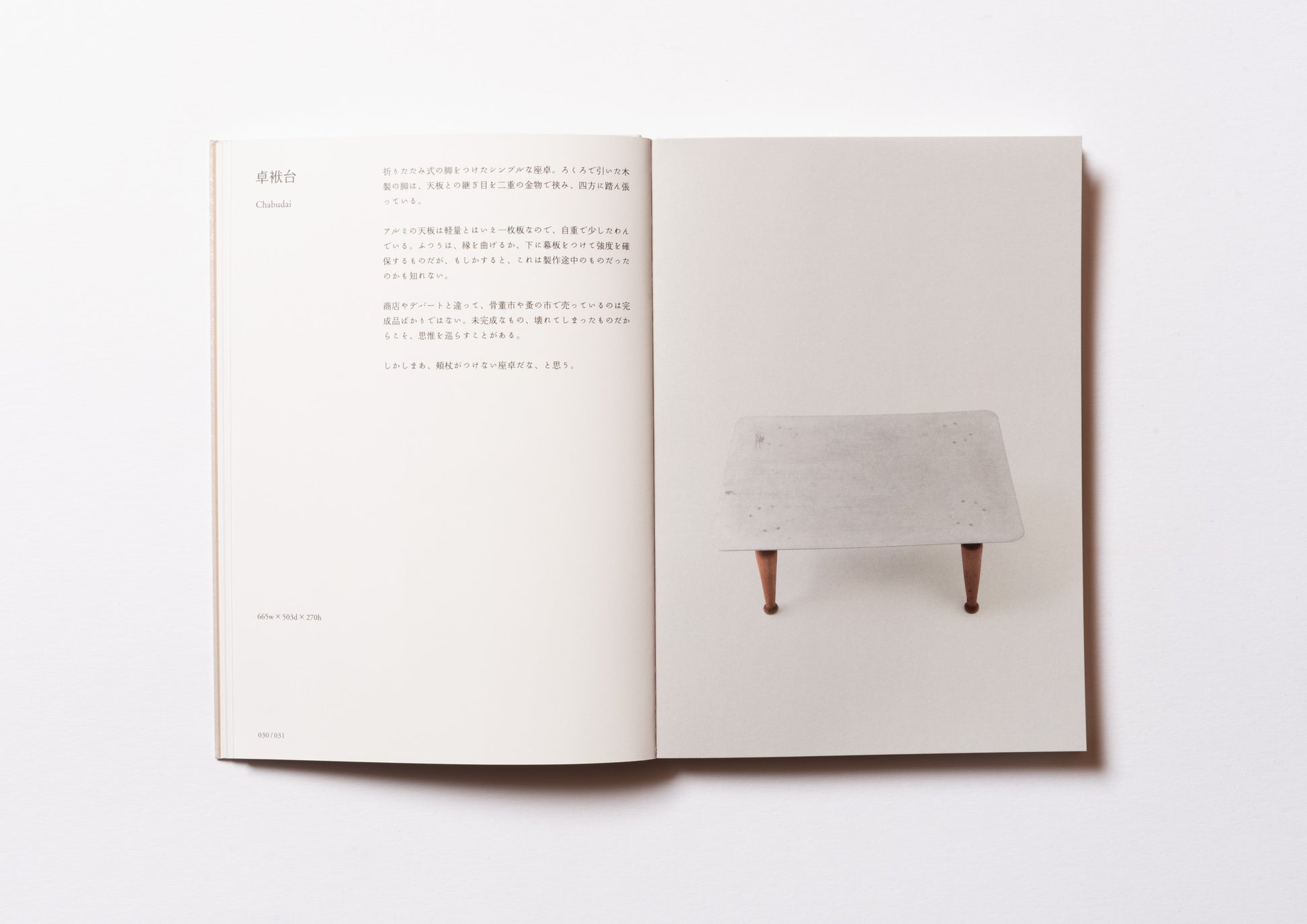
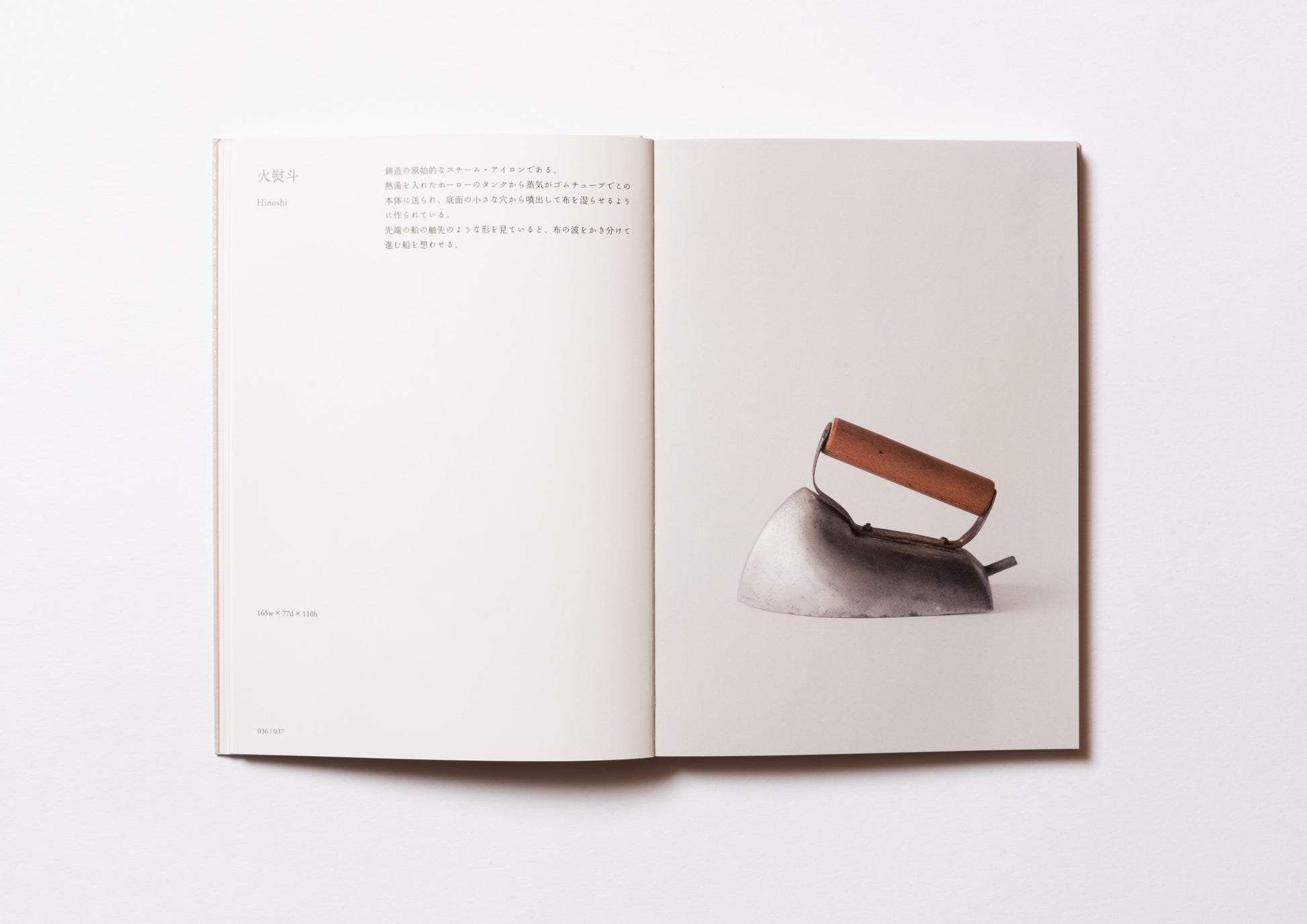
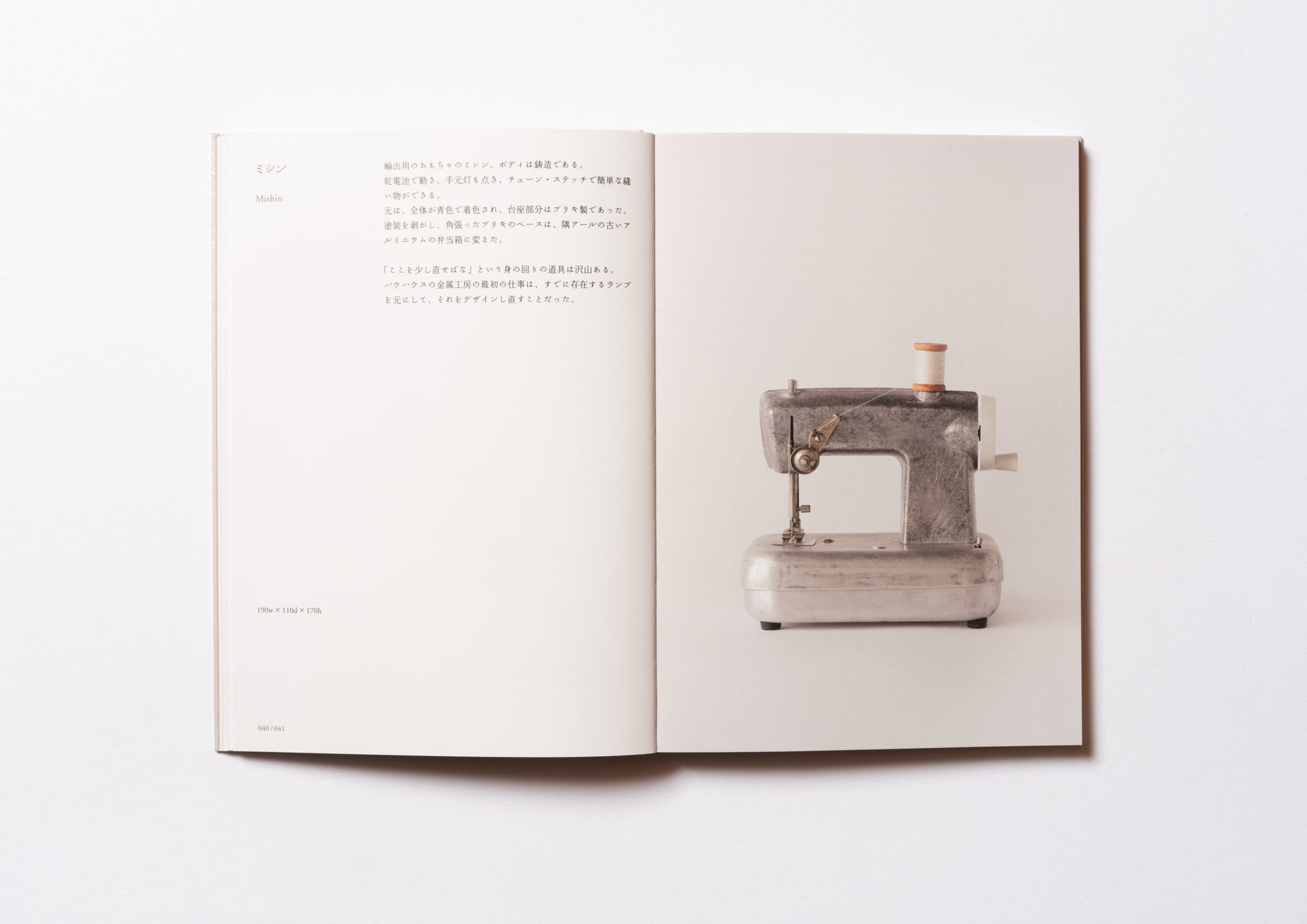
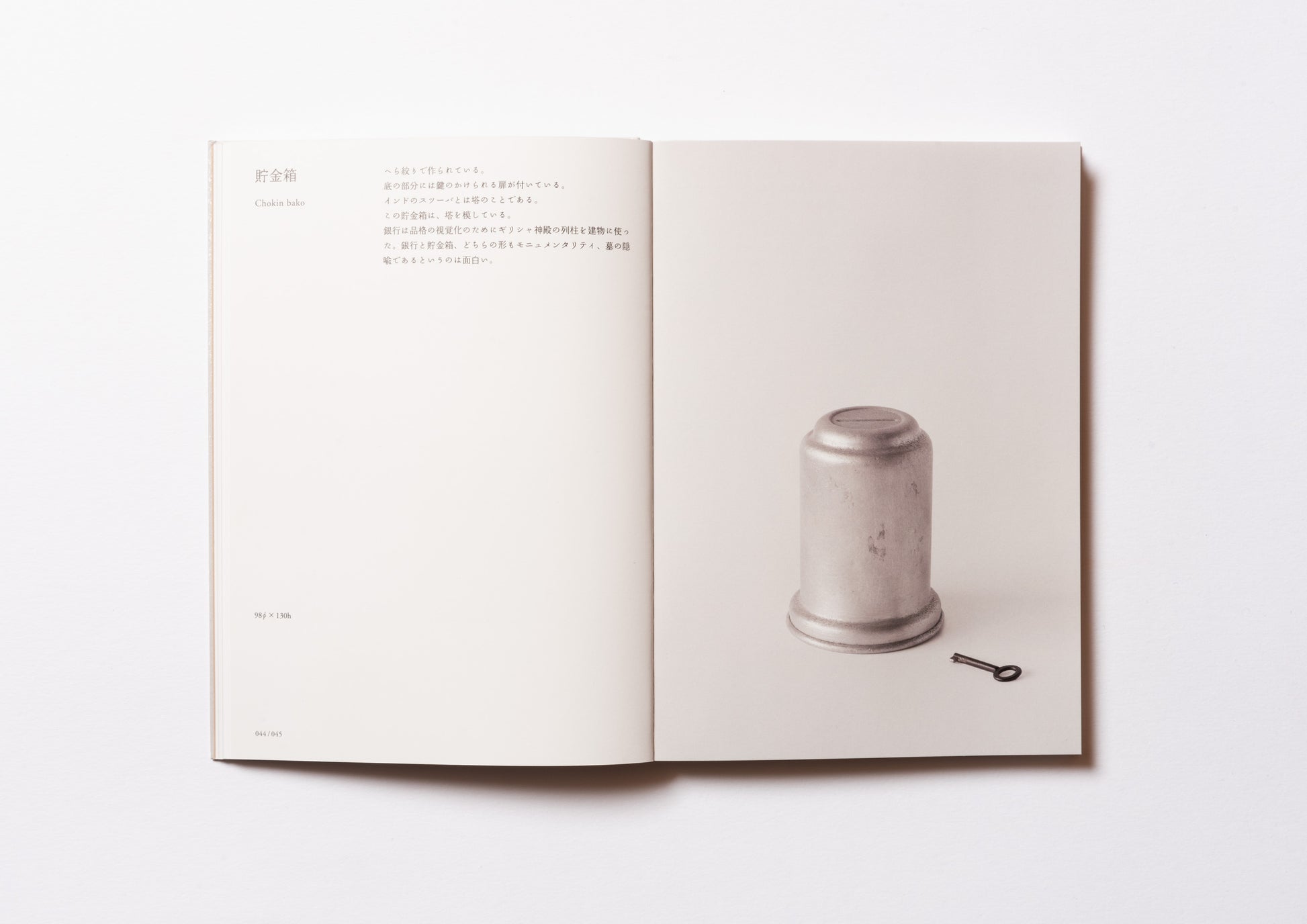
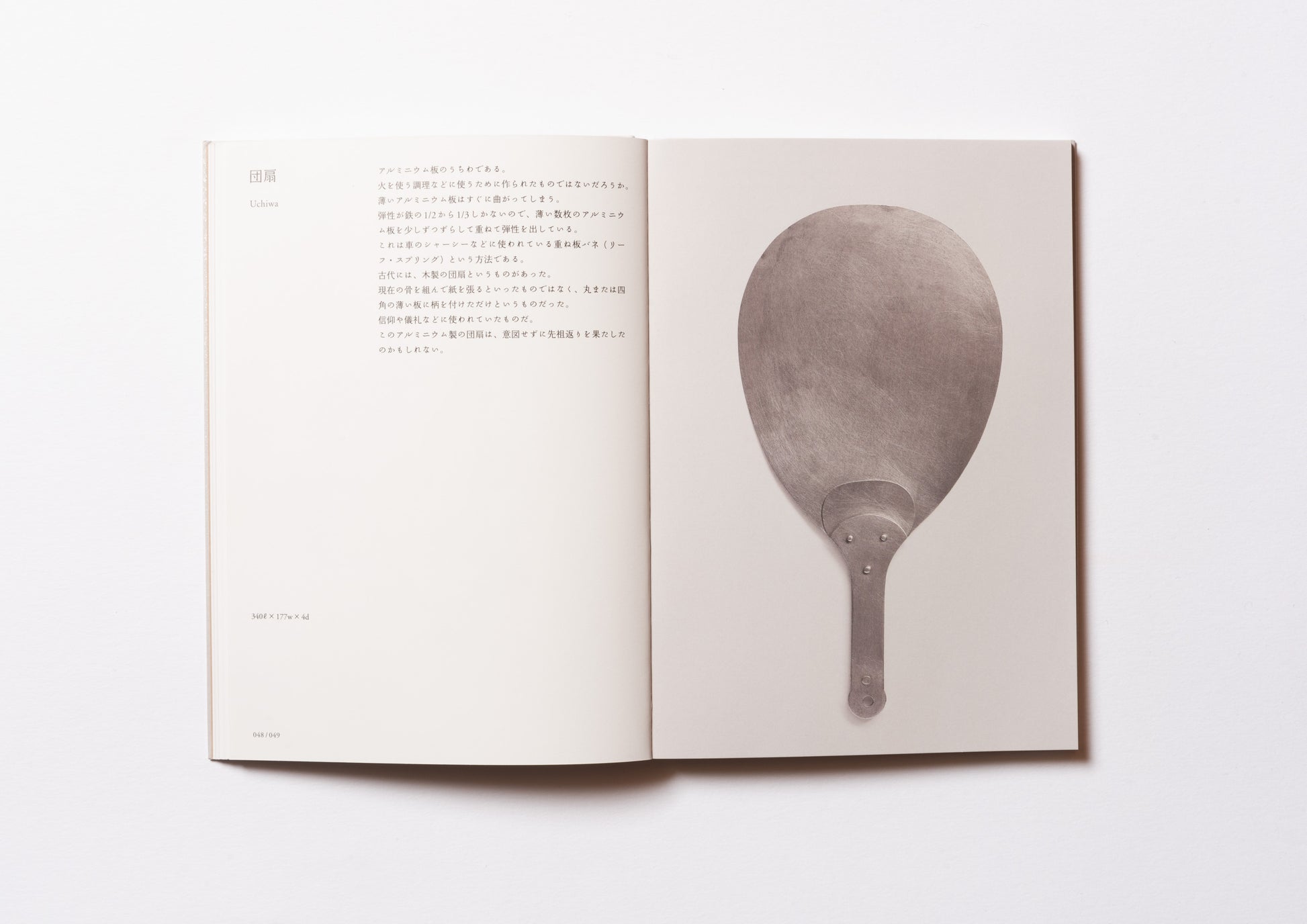
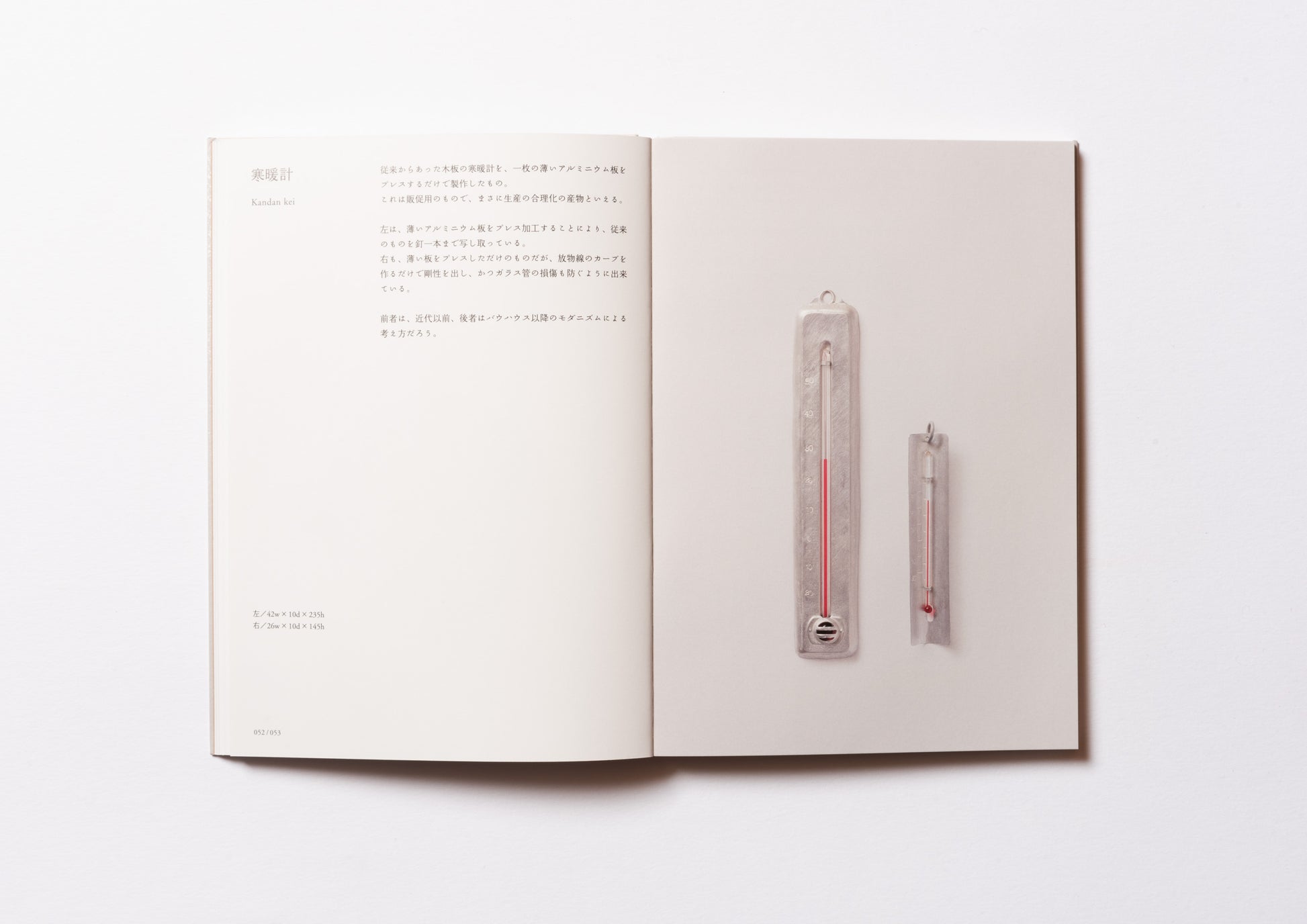
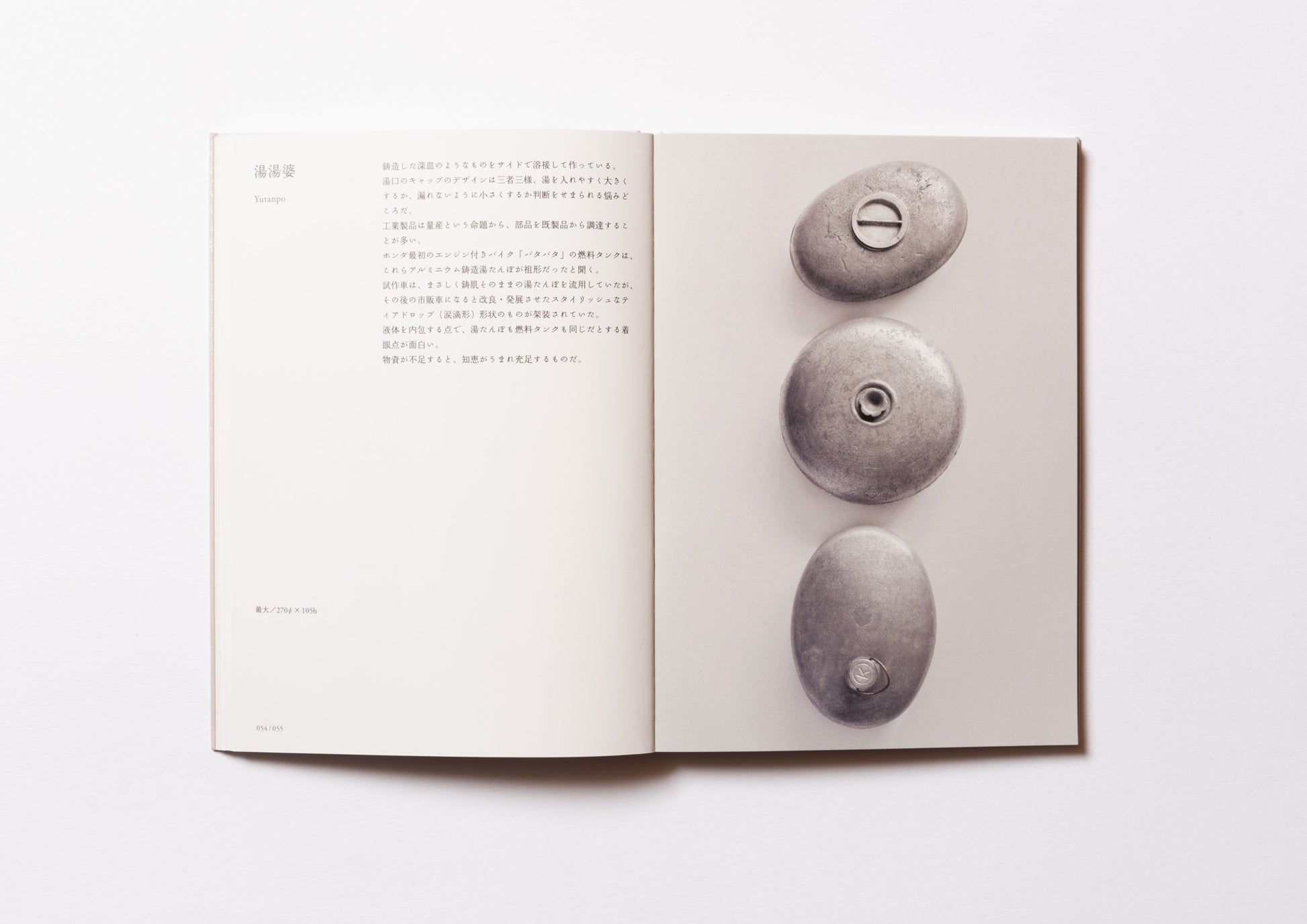
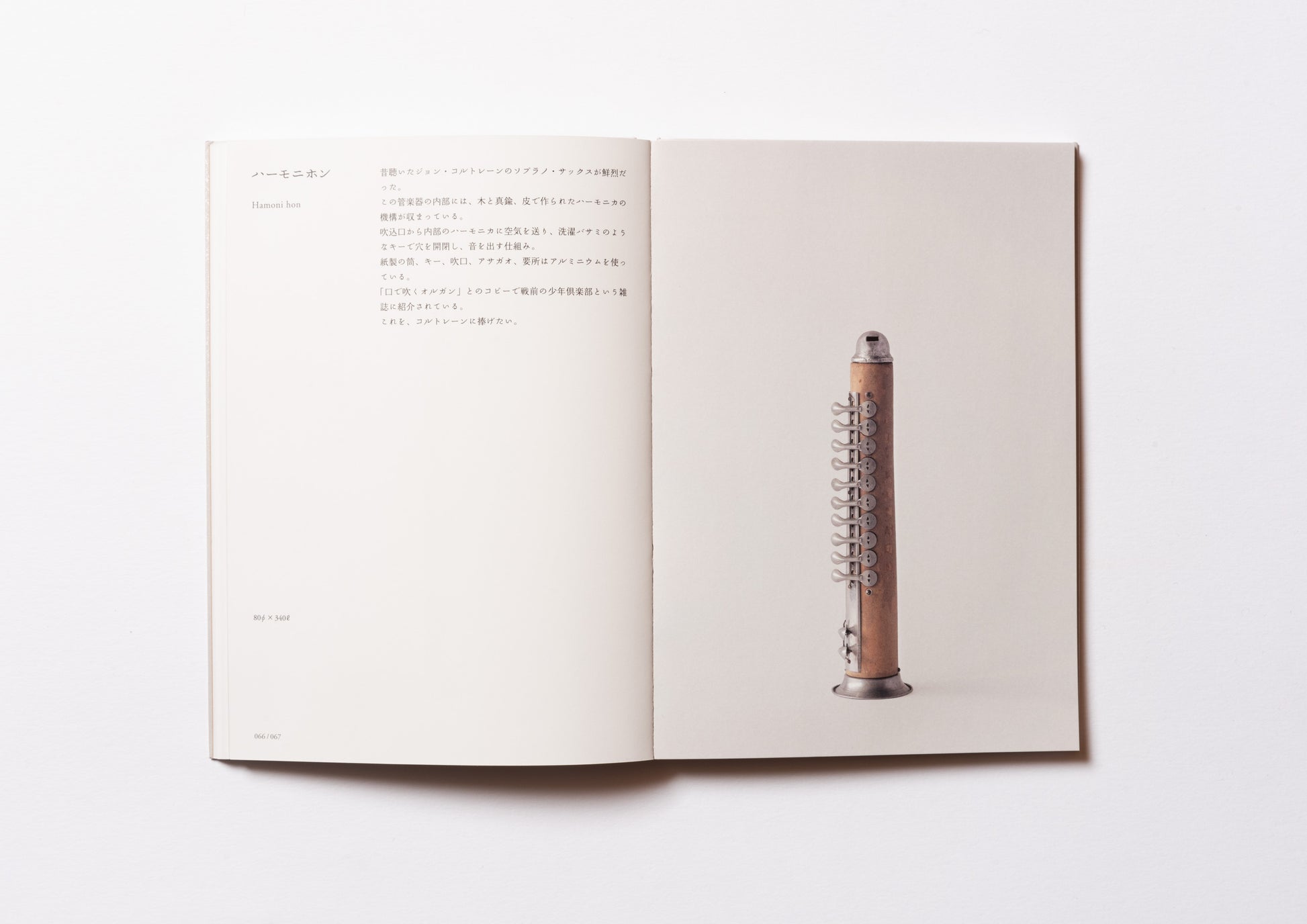
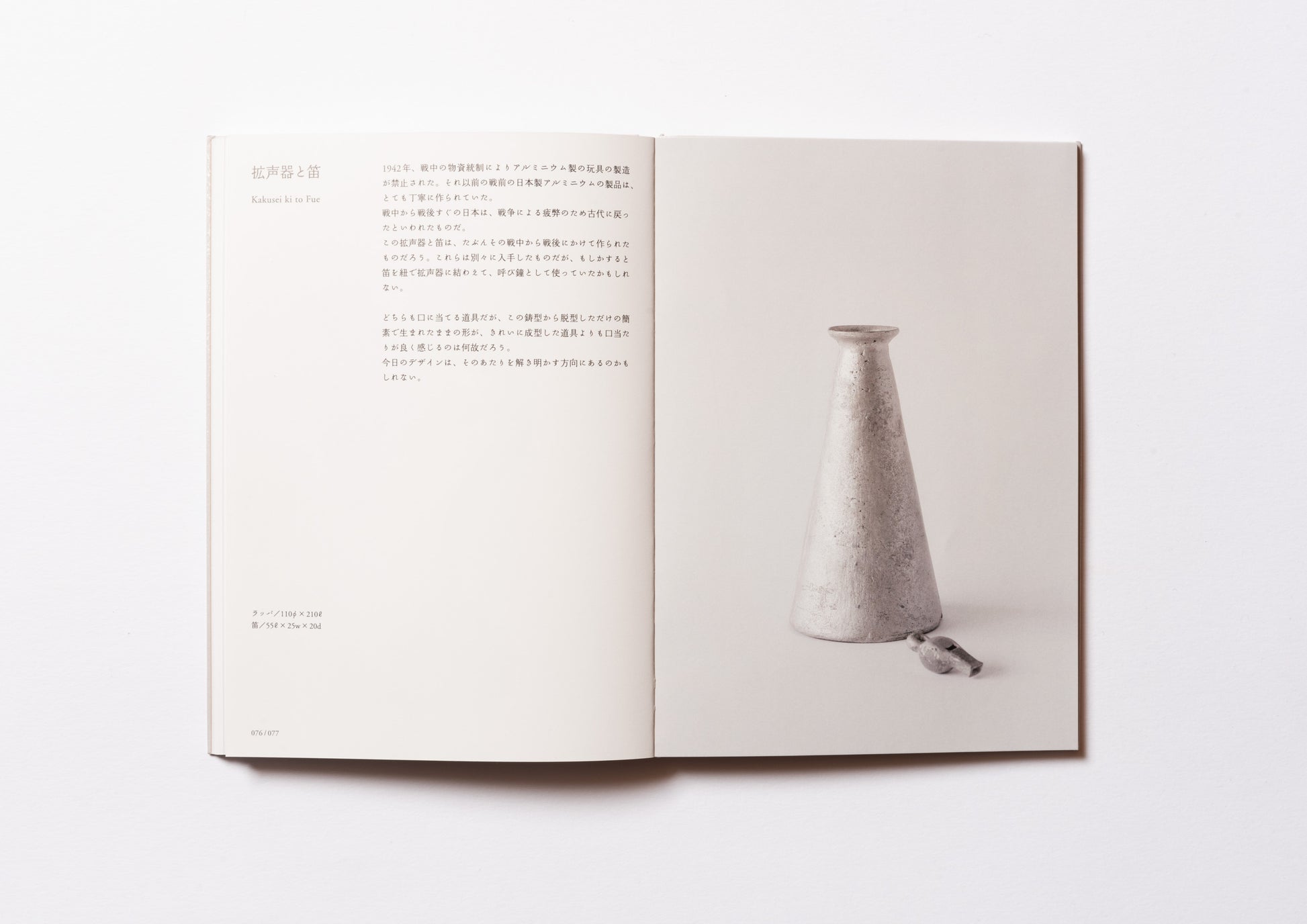
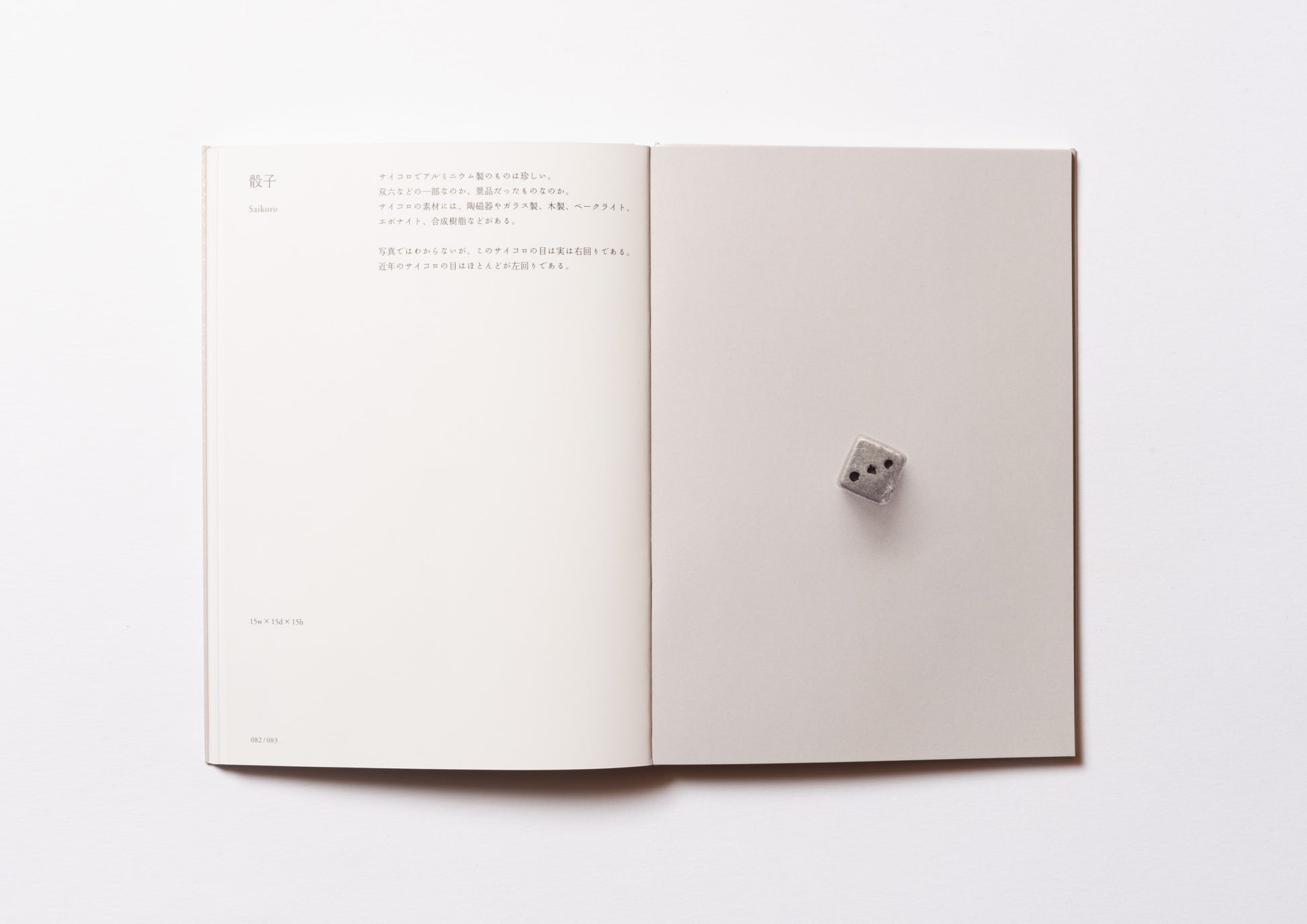
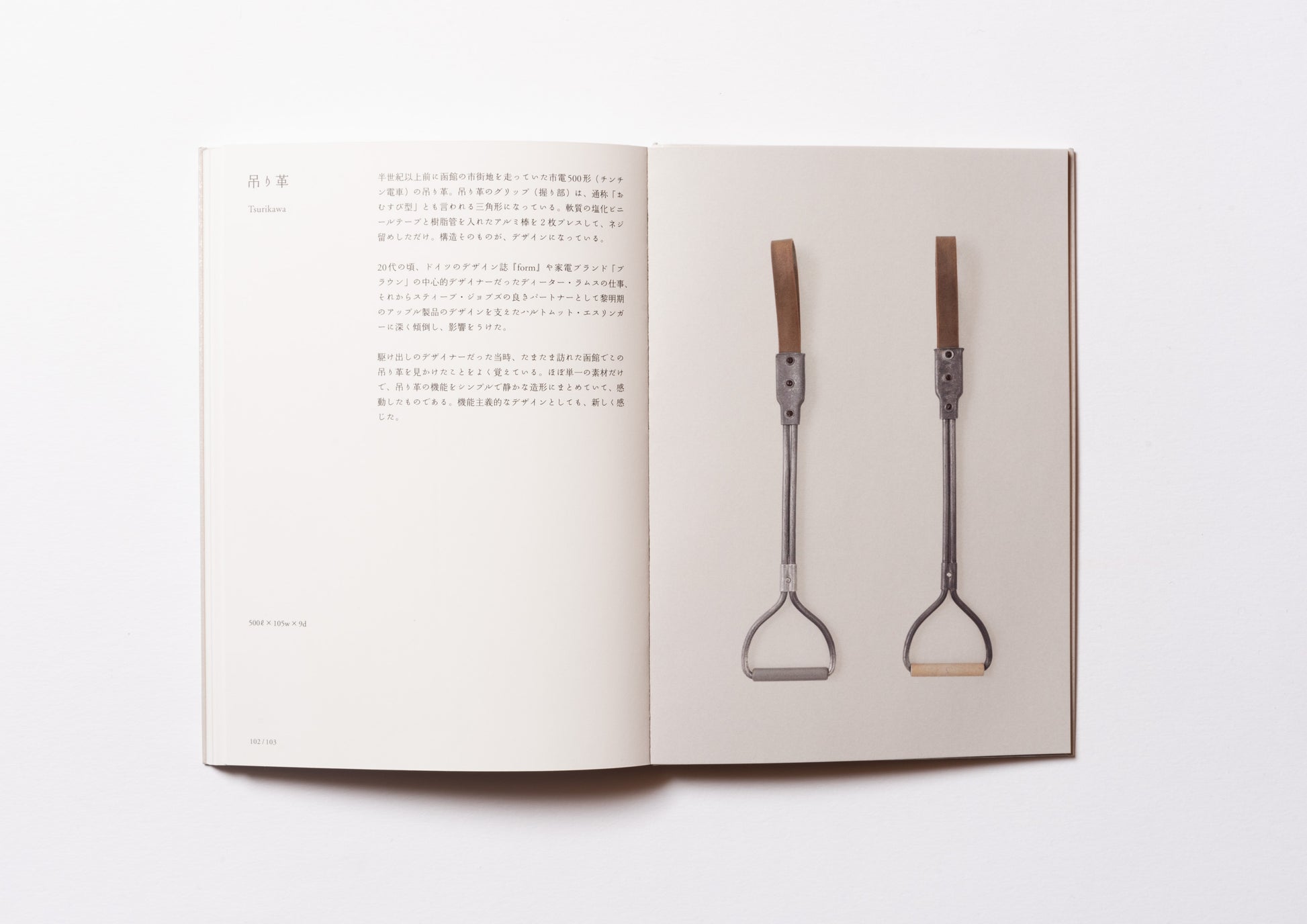
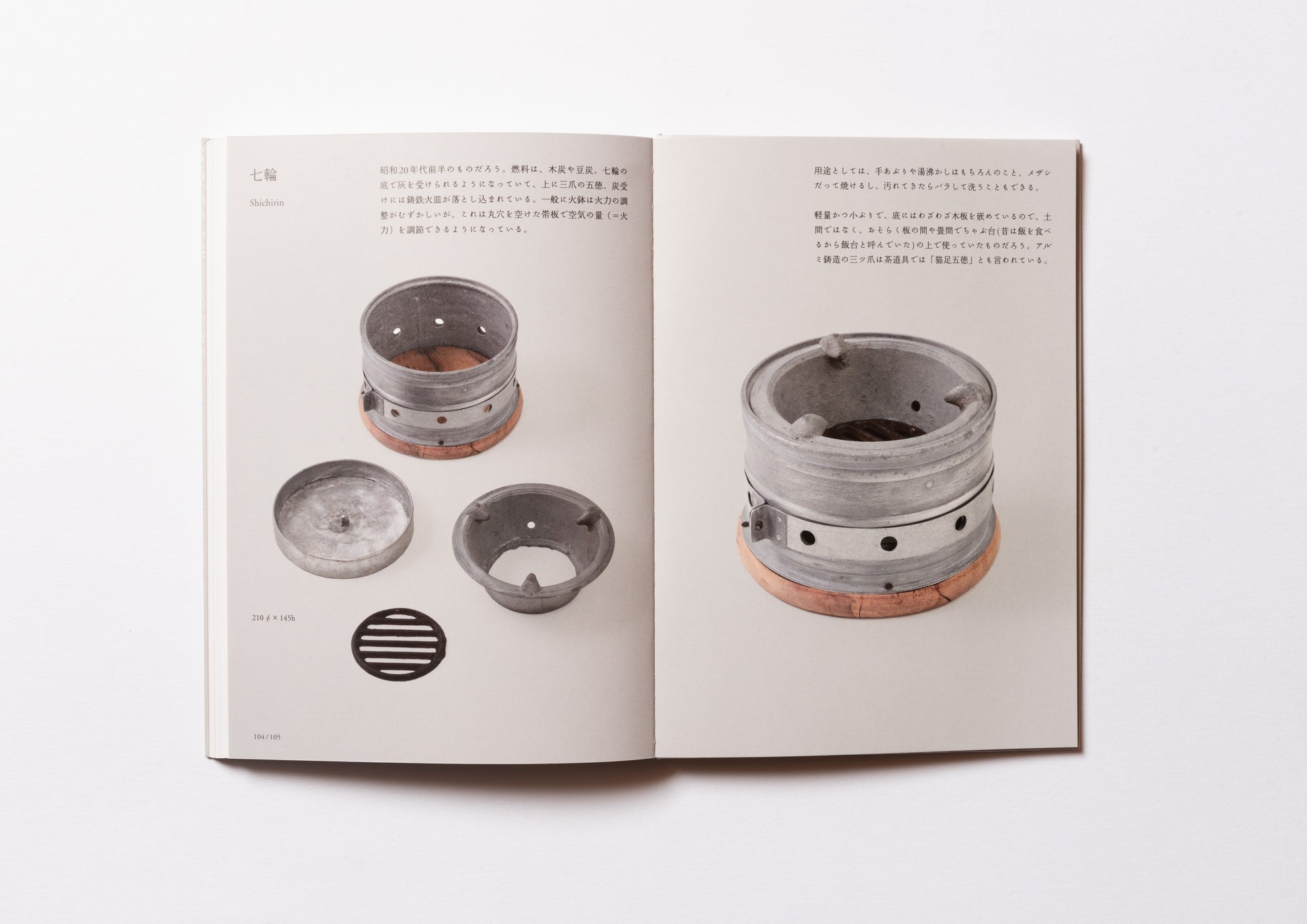
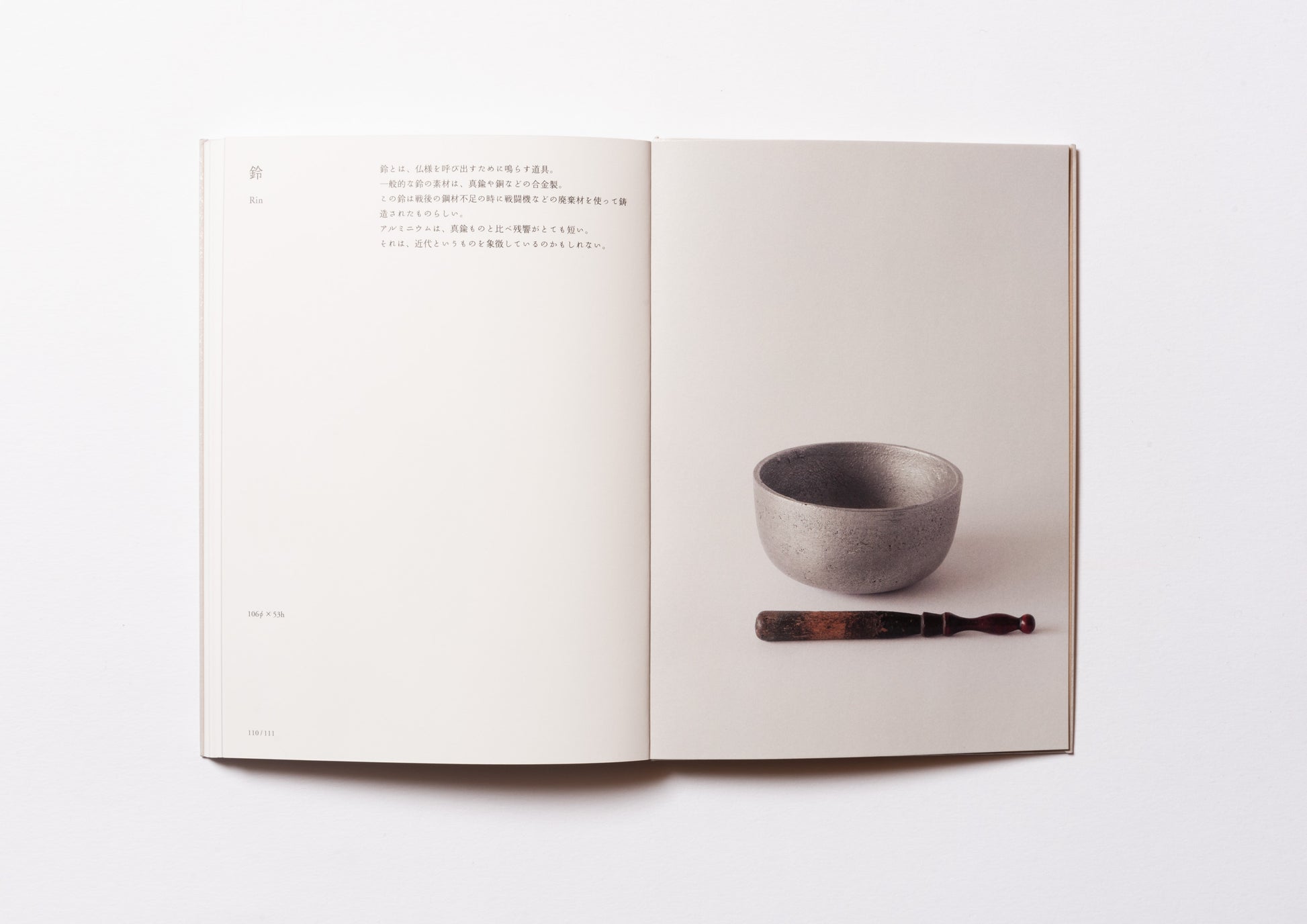
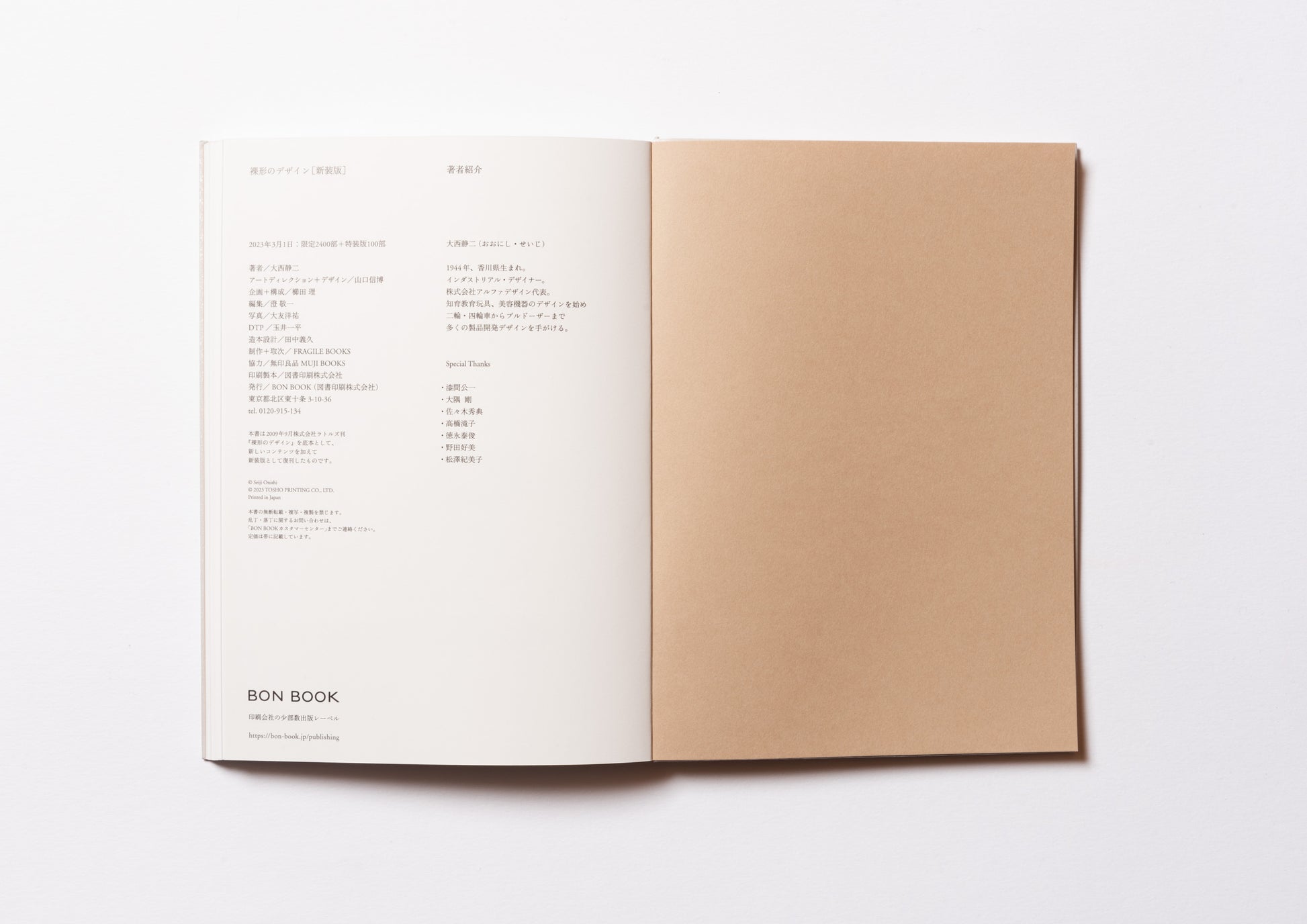
![Naked design [Special edition]](http://en.fragile-books.com/cdn/shop/files/rakei_0000_230308_001_ba056110-518b-496e-b814-b884f8ae910e_84x84.jpg?v=1684811565)
![Naked design [Special edition]](http://en.fragile-books.com/cdn/shop/files/rakei_0001_230308_012_84x84.jpg?v=1684811594)
![Naked design [Special edition]](http://en.fragile-books.com/cdn/shop/files/rakei_0002_230308_011_84x84.jpg?v=1684811593)
![Naked design [Special edition]](http://en.fragile-books.com/cdn/shop/files/rakei_0009_ae5ac481-aeaf-4a0d-af6b-ce6acdd5fecc_84x84.jpg?v=1684811688)
![Naked design [Special edition]](http://en.fragile-books.com/cdn/shop/files/rakei_0007_230308_046_84x84.jpg?v=1684811688)
![Naked design [Special edition]](http://en.fragile-books.com/cdn/shop/files/rakei_0003_230308_048_84x84.jpg?v=1684811688)
![Naked design [Special edition]](http://en.fragile-books.com/cdn/shop/files/rakei_0008_84x84.jpg?v=1684811688)
![Naked design [Special edition]](http://en.fragile-books.com/cdn/shop/files/nakedshapes_005_185429fe-42a6-47e7-8784-a06d8d8c2d79_84x84.jpg?v=1684811719)
![Naked design [Special edition]](http://en.fragile-books.com/cdn/shop/files/nakedshapes_006_c14be71d-e9e1-4a84-b64c-06b8a719d999_84x84.jpg?v=1684811716)
![Naked design [Special edition]](http://en.fragile-books.com/cdn/shop/files/nakedshapes_007_4b7f64a5-a89d-42a7-9586-bf76f90f4770_84x84.jpg?v=1684811718)
![Naked design [Special edition]](http://en.fragile-books.com/cdn/shop/files/nakedshapes_008_08b05e57-ccab-4fc6-aeb9-7cb07a2c14e6_84x84.jpg?v=1684811717)
![Naked design [Special edition]](http://en.fragile-books.com/cdn/shop/files/nakedshapes_009_e0af3d65-9f97-447c-abe4-62e6c2c12658_84x84.jpg?v=1684811716)
![Naked design [Special edition]](http://en.fragile-books.com/cdn/shop/files/nakedshapes_010_5b038e49-1647-4e1c-a077-a43cda06ff0b_84x84.jpg?v=1684811718)
![Naked design [Special edition]](http://en.fragile-books.com/cdn/shop/files/nakedshapes_011_63df3fbe-a762-48c2-b15f-7923fb9f001f_84x84.jpg?v=1684811716)
![Naked design [Special edition]](http://en.fragile-books.com/cdn/shop/files/nakedshapes_012_51d0554f-d83a-4033-aada-8e63e64f1c2b_84x84.jpg?v=1684811718)
![Naked design [Special edition]](http://en.fragile-books.com/cdn/shop/files/nakedshapes_013_2ceed1b2-bb60-49f5-9867-f64bdff5eb94_84x84.jpg?v=1684811716)
![Naked design [Special edition]](http://en.fragile-books.com/cdn/shop/files/nakedshapes_014_073e87b5-927b-4757-8bab-f14dc5ba6285_84x84.jpg?v=1684811717)
![Naked design [Special edition]](http://en.fragile-books.com/cdn/shop/files/nakedshapes_015_fd05f8eb-b86f-4b69-9382-8918f7eb148d_84x84.jpg?v=1684811719)
![Naked design [Special edition]](http://en.fragile-books.com/cdn/shop/files/nakedshapes_016_b1af17fb-a2a9-4ce4-885c-058382598f5a_84x84.jpg?v=1684811717)
![Naked design [Special edition]](http://en.fragile-books.com/cdn/shop/files/nakedshapes_017_88446cc7-b198-4dfe-abcd-3df01e9716f6_84x84.jpg?v=1684811716)
![Naked design [Special edition]](http://en.fragile-books.com/cdn/shop/files/nakedshapes_018_33a78335-c6d8-425d-b070-f0195c67274a_84x84.jpg?v=1684811718)
![Naked design [Special edition]](http://en.fragile-books.com/cdn/shop/files/nakedshapes_019_bd5315c7-9ffd-4aa4-8c77-1a8f2062ba6f_84x84.jpg?v=1684811716)
![Naked design [Special edition]](http://en.fragile-books.com/cdn/shop/files/nakedshapes_020_42413573-8e4d-4155-8508-1aebac07d770_84x84.jpg?v=1684811716)
![Naked design [Special edition]](http://en.fragile-books.com/cdn/shop/files/nakedshapes_021_c7aac0d7-64c7-403a-bed2-87f4e2d093e1_84x84.jpg?v=1684811717)
![Naked design [Special edition]](http://en.fragile-books.com/cdn/shop/files/nakedshapes_022_f23dd04f-8b96-425f-b9b5-6a65e477f385_84x84.jpg?v=1684811717)
![Naked design [Special edition]](http://en.fragile-books.com/cdn/shop/files/nakedshapes_023_1d2aa108-f577-4266-a69a-2e1de01ac5f0_84x84.jpg?v=1684811717)
![Naked design [Special edition]](http://en.fragile-books.com/cdn/shop/files/nakedshapes_024_f9734cdf-91ed-4dbc-97b0-95d17e088cc3_84x84.jpg?v=1684811717)
